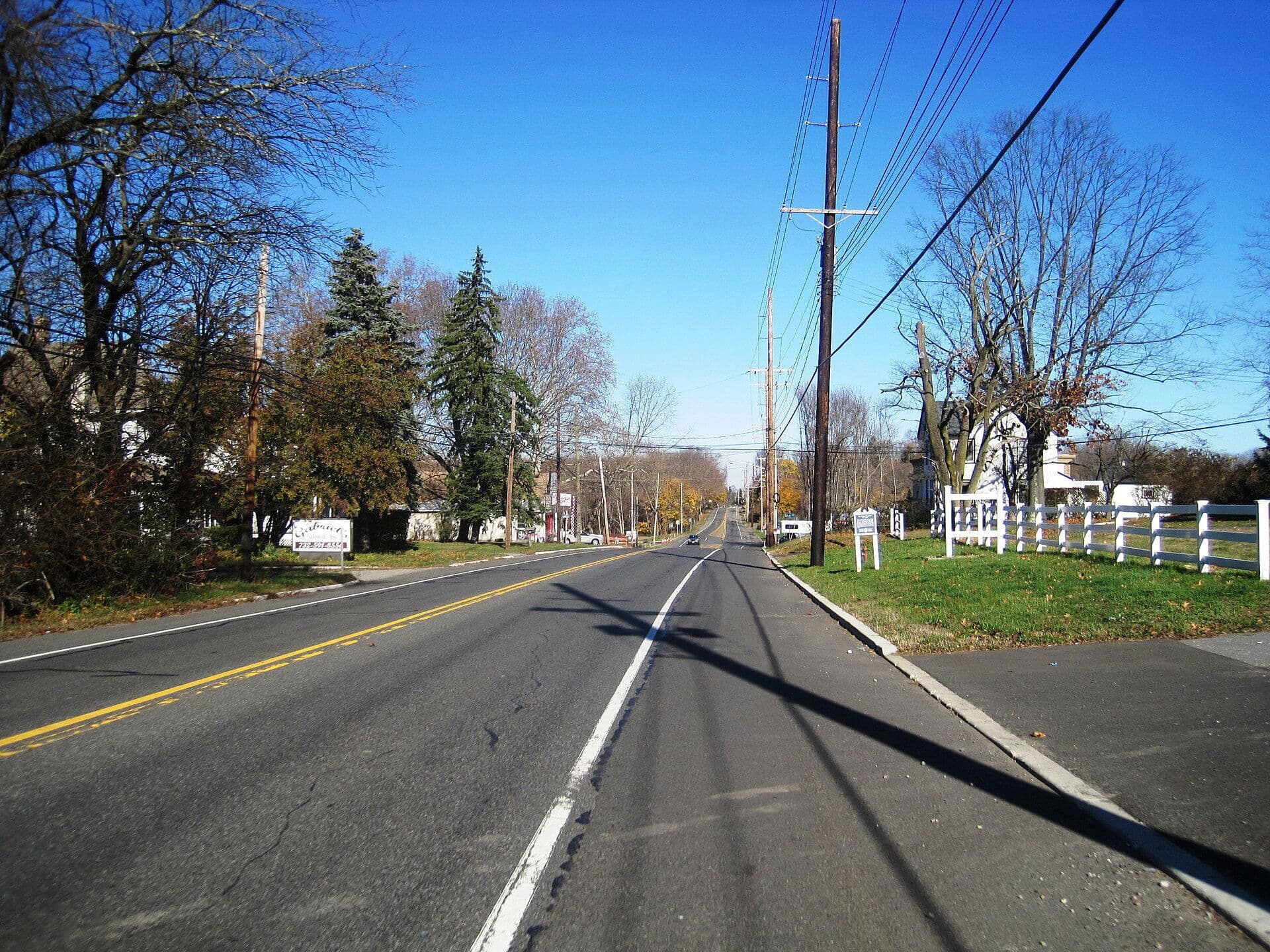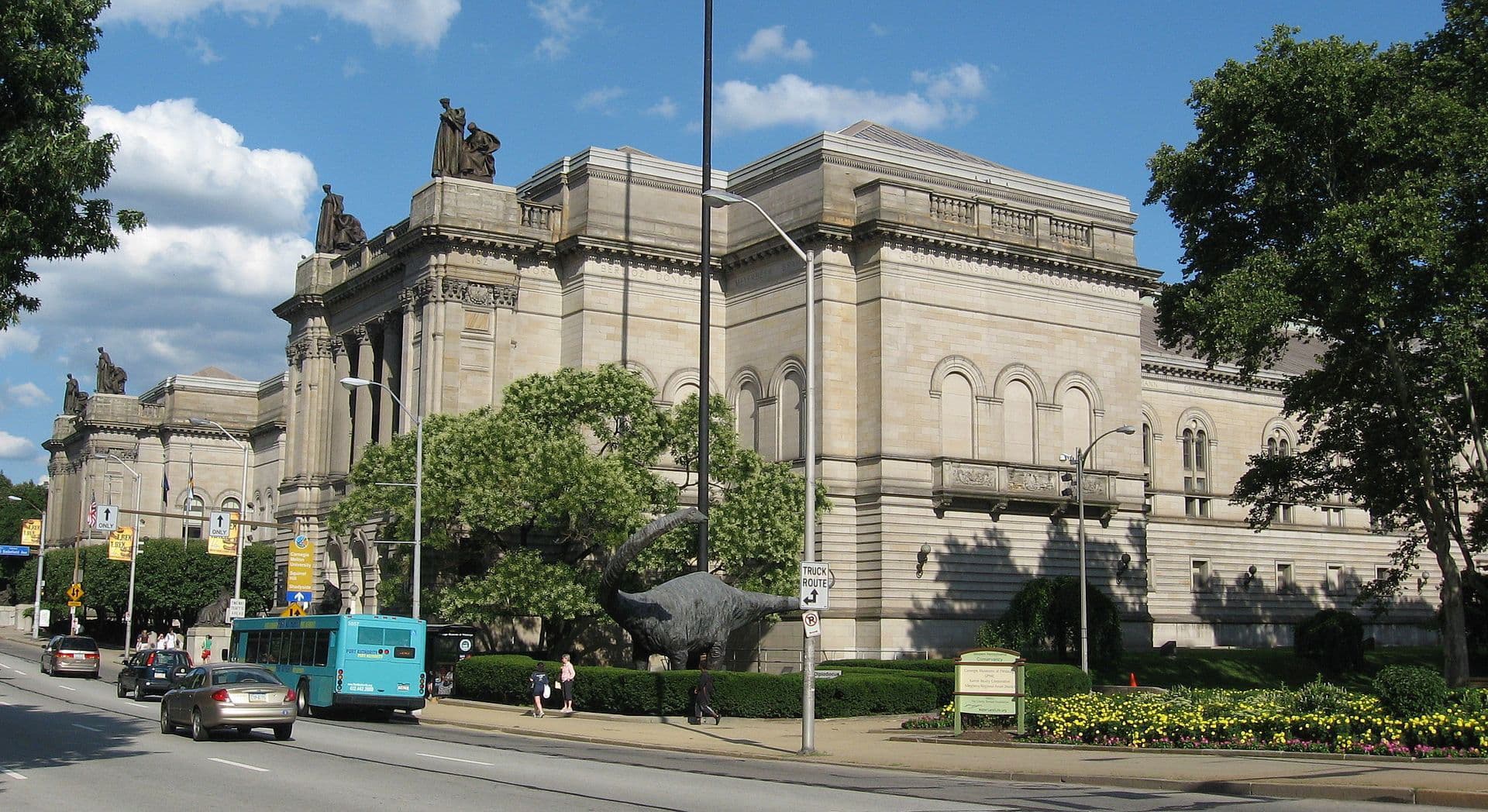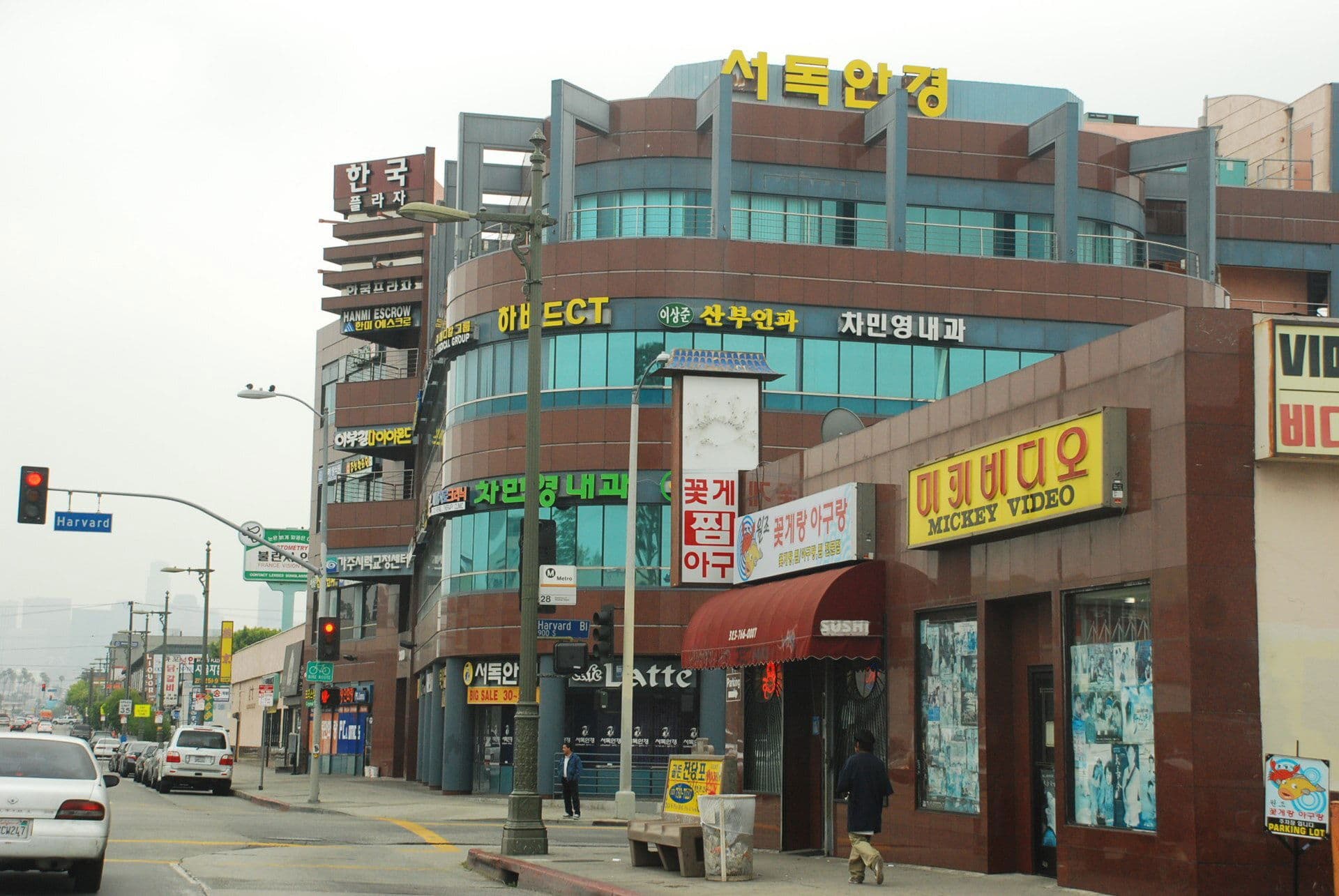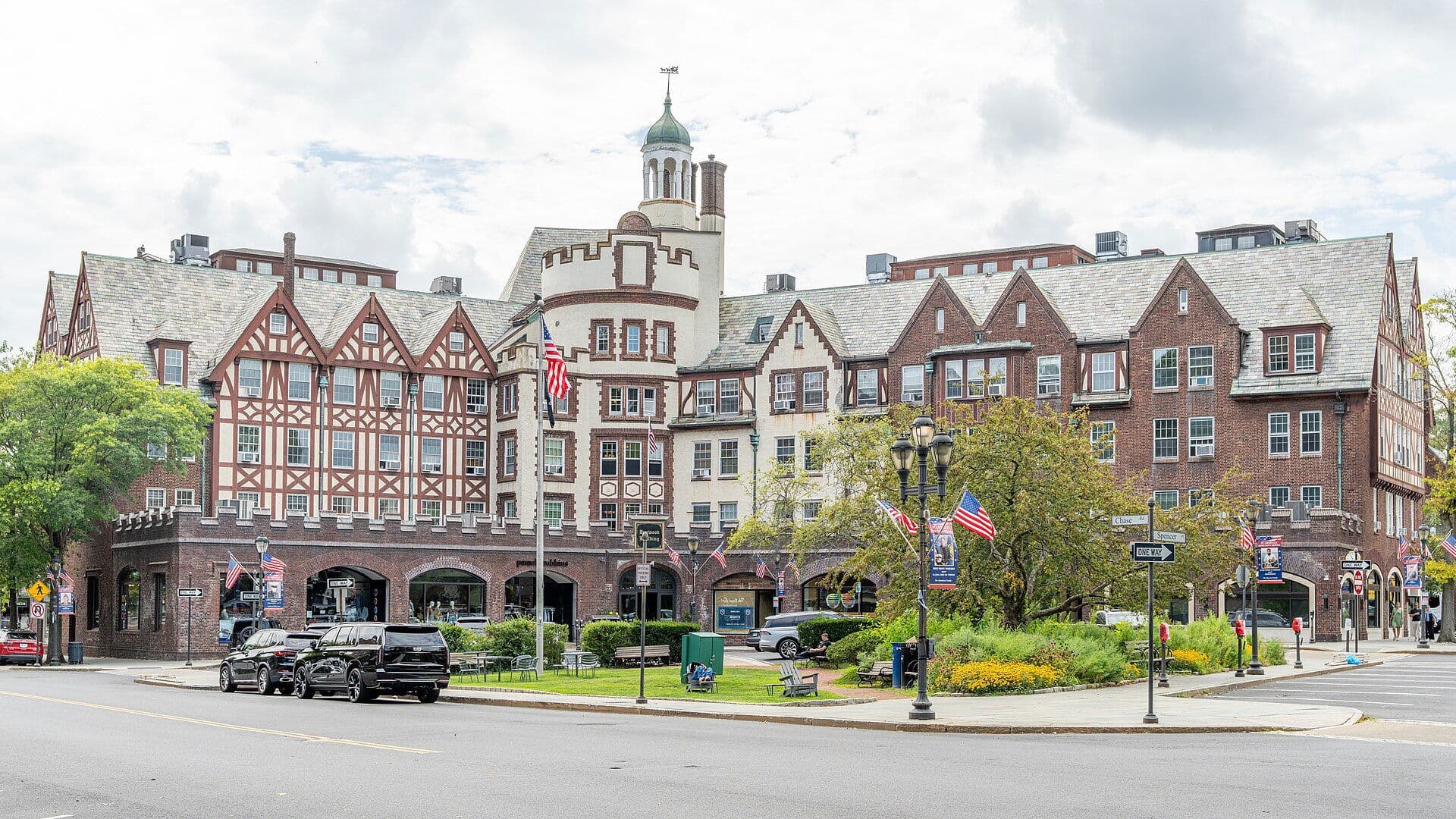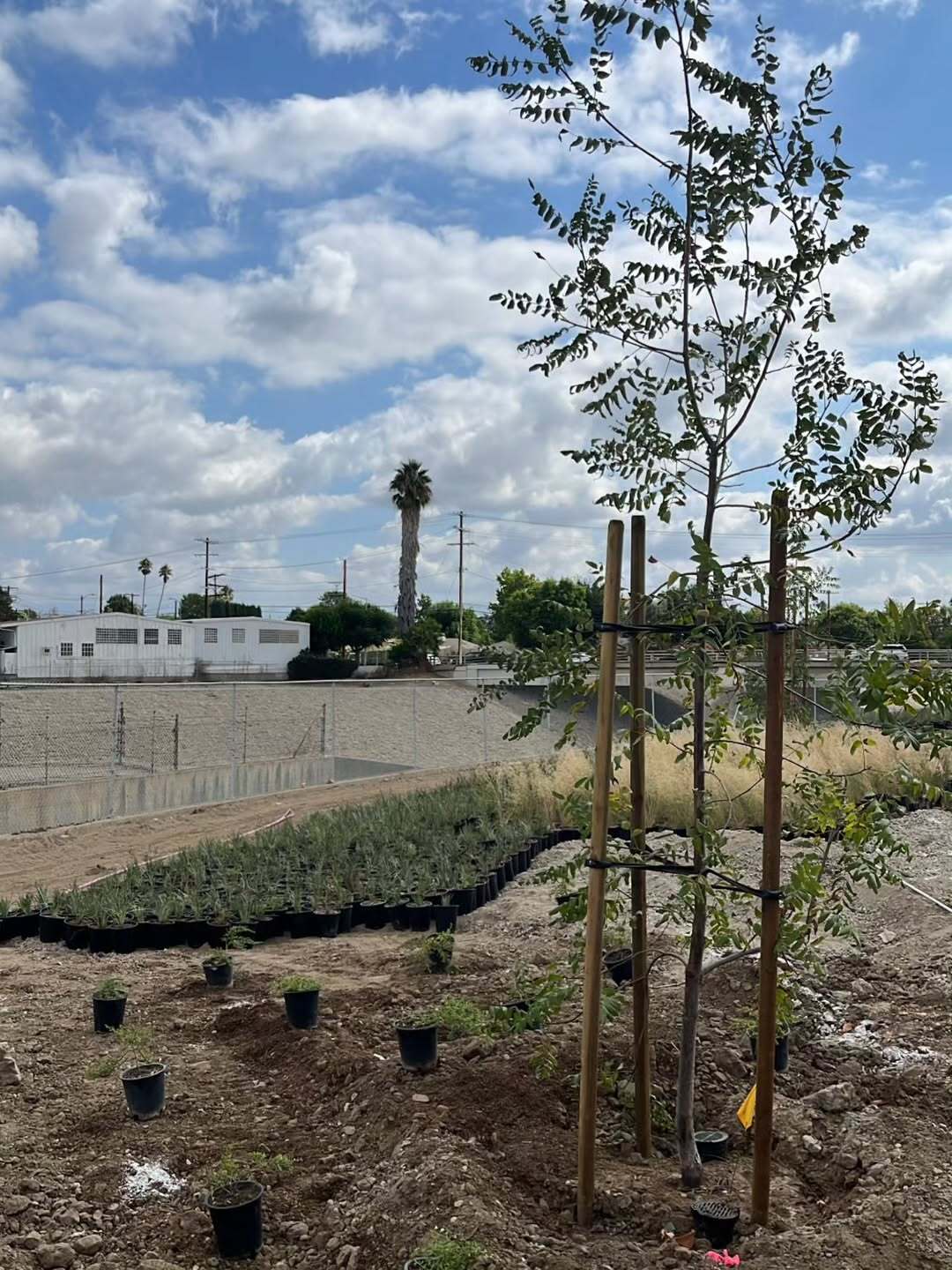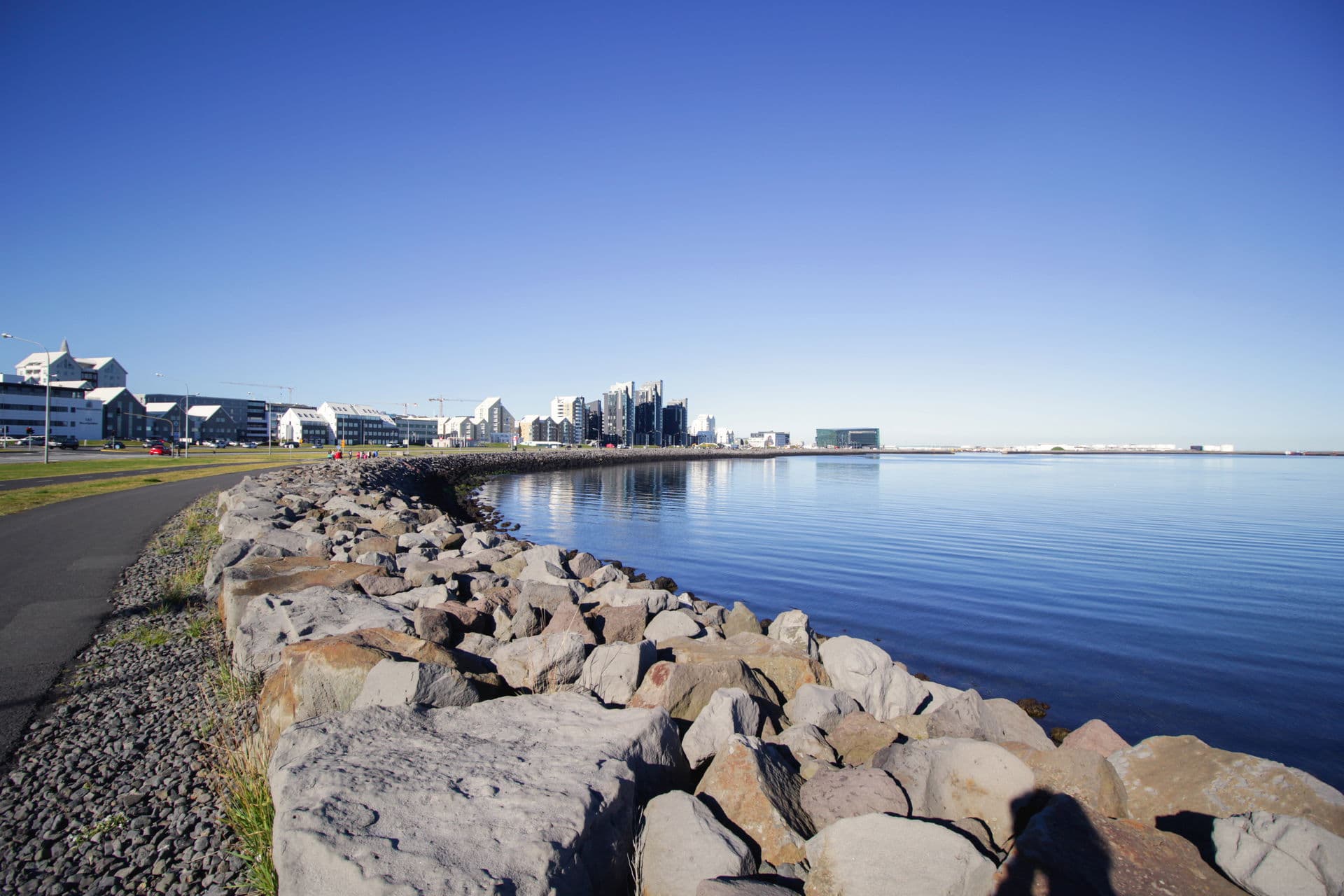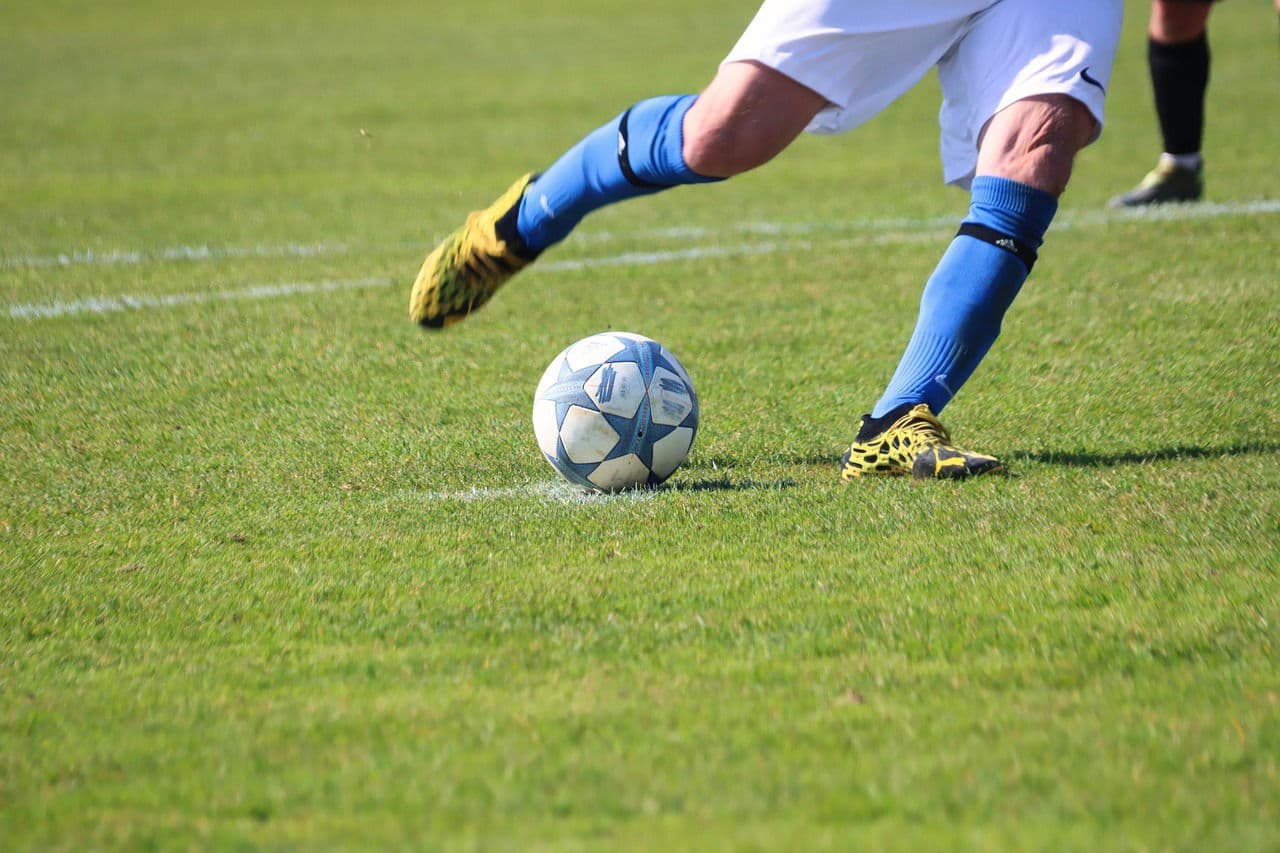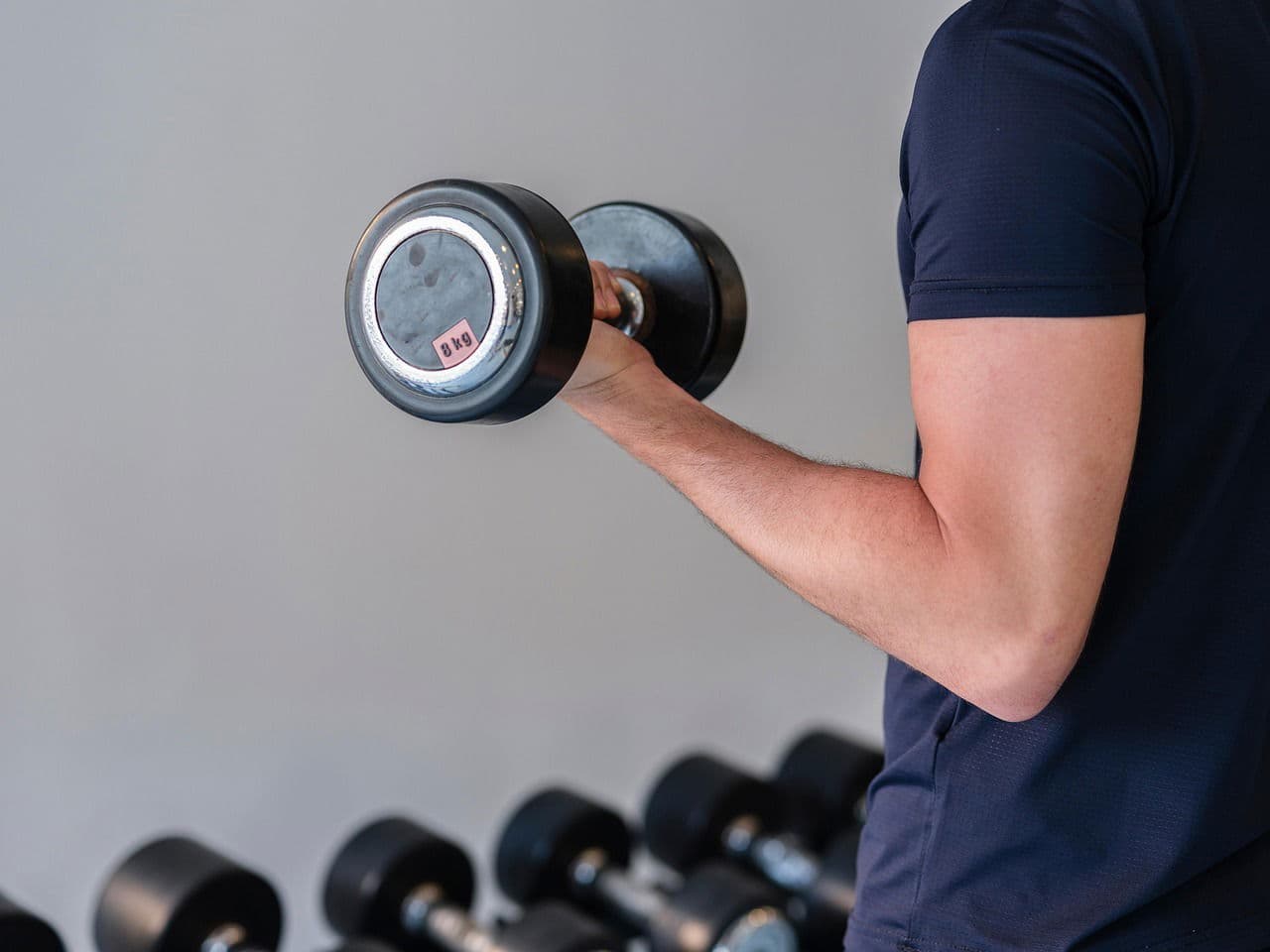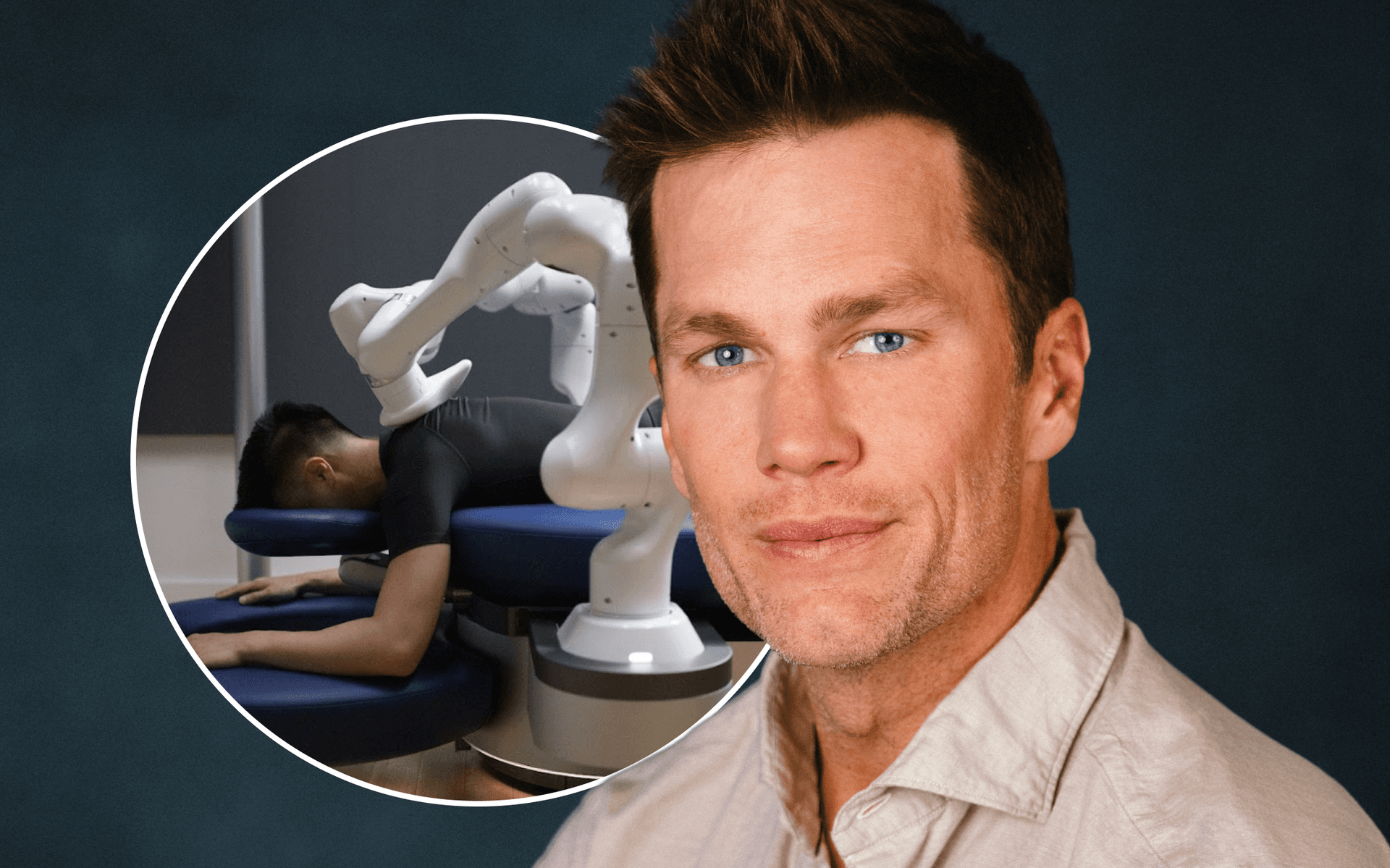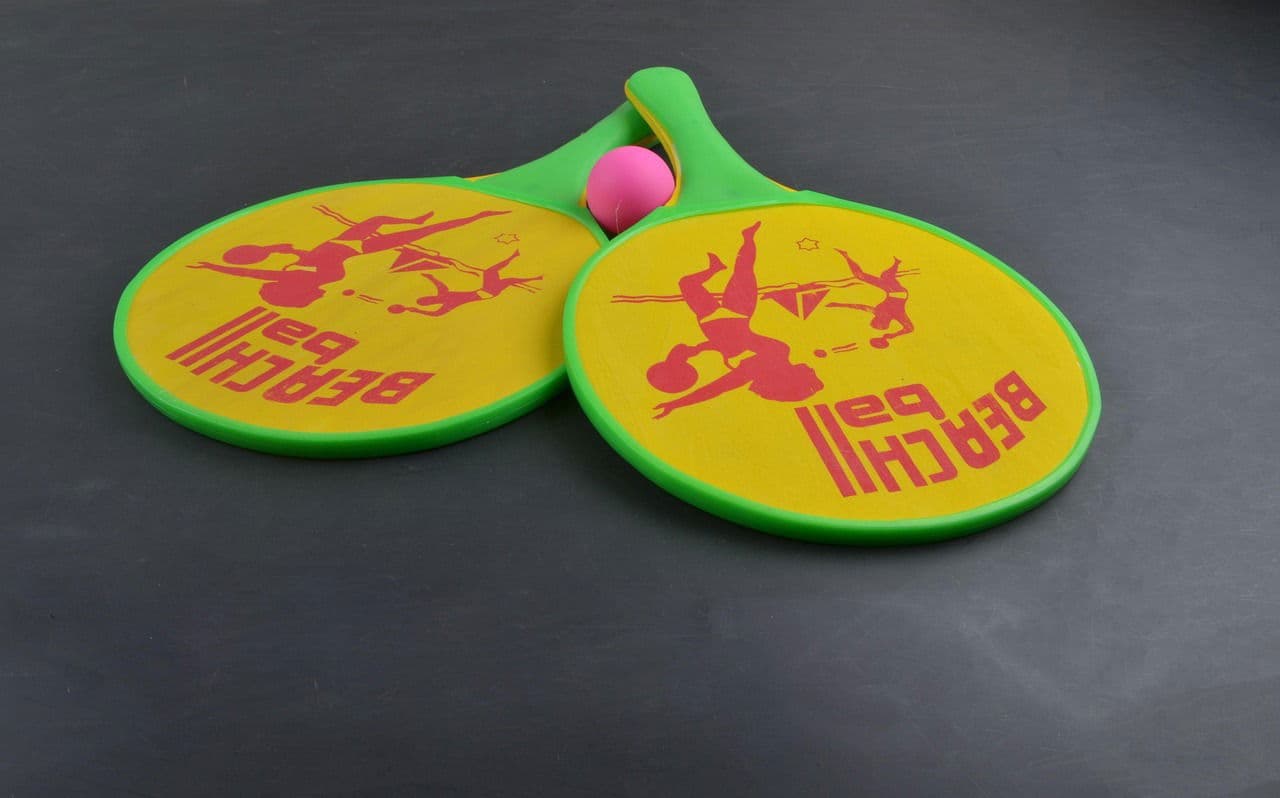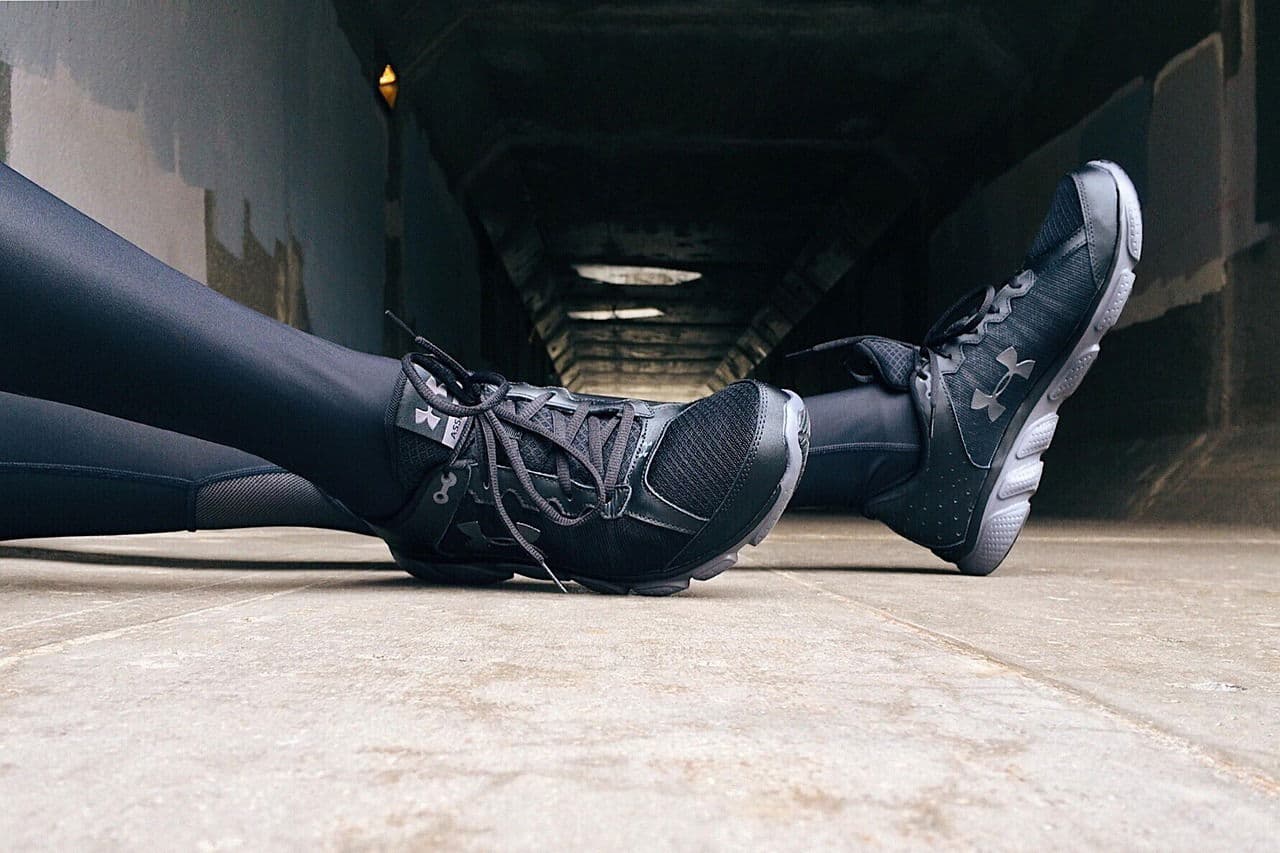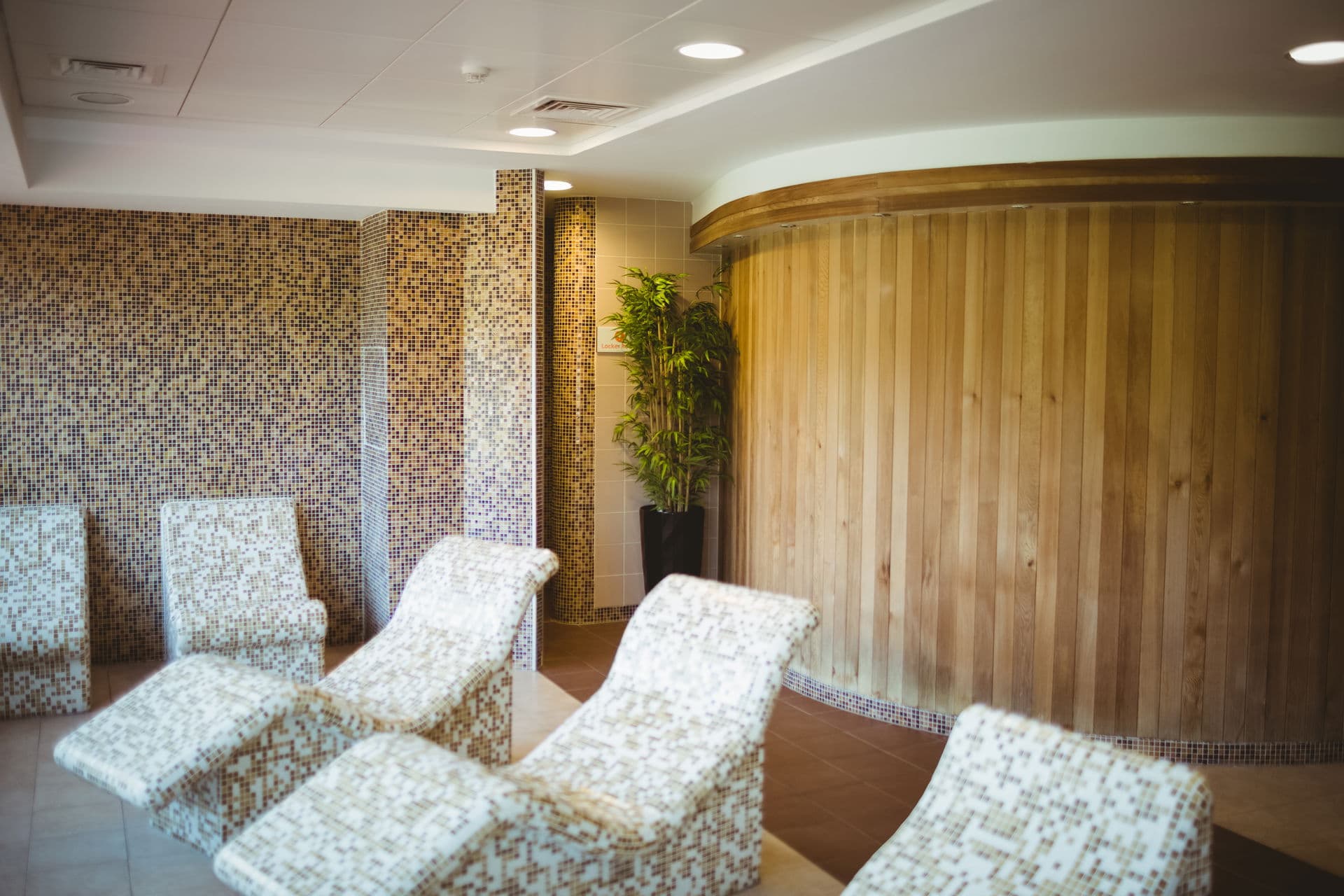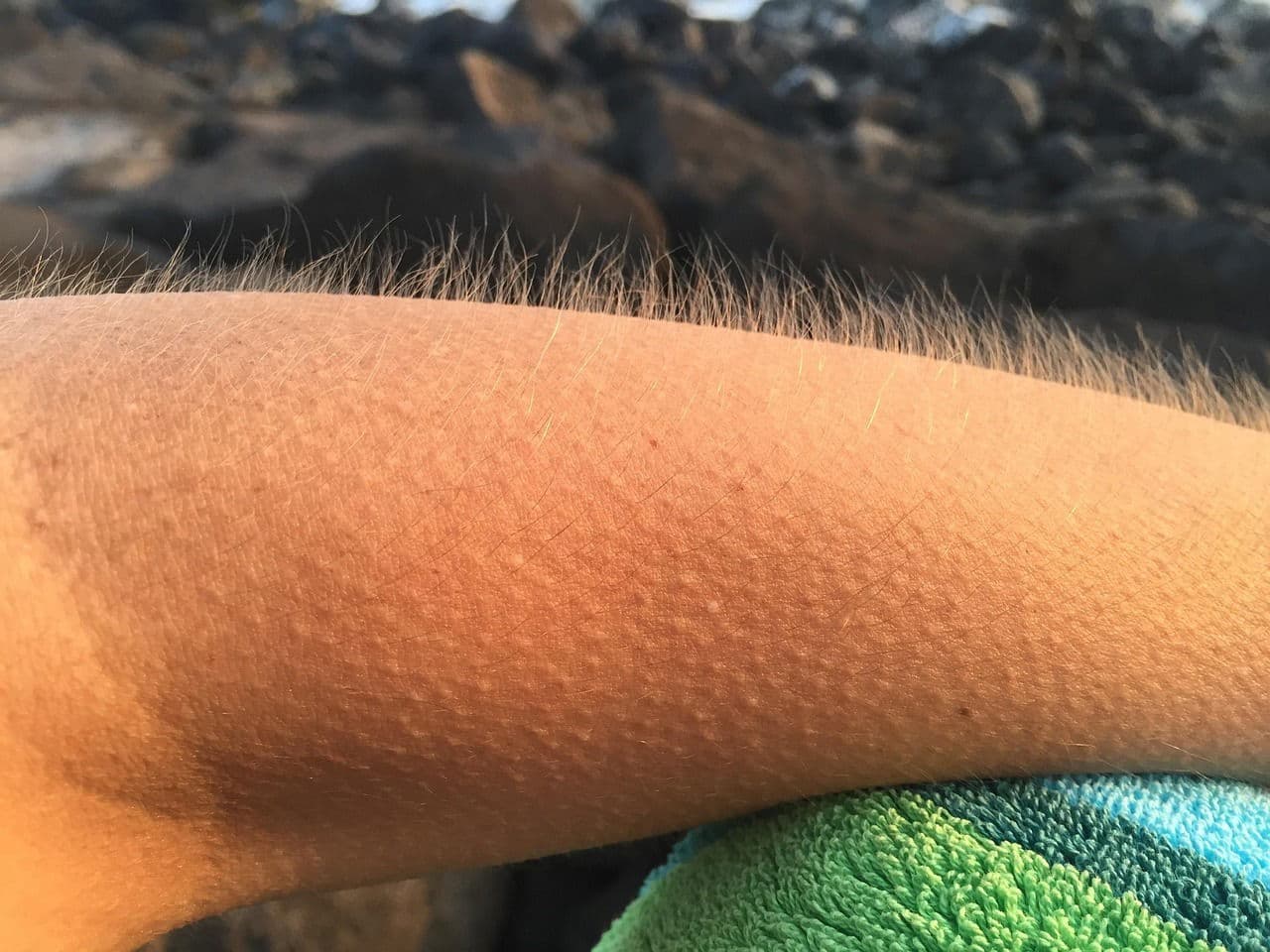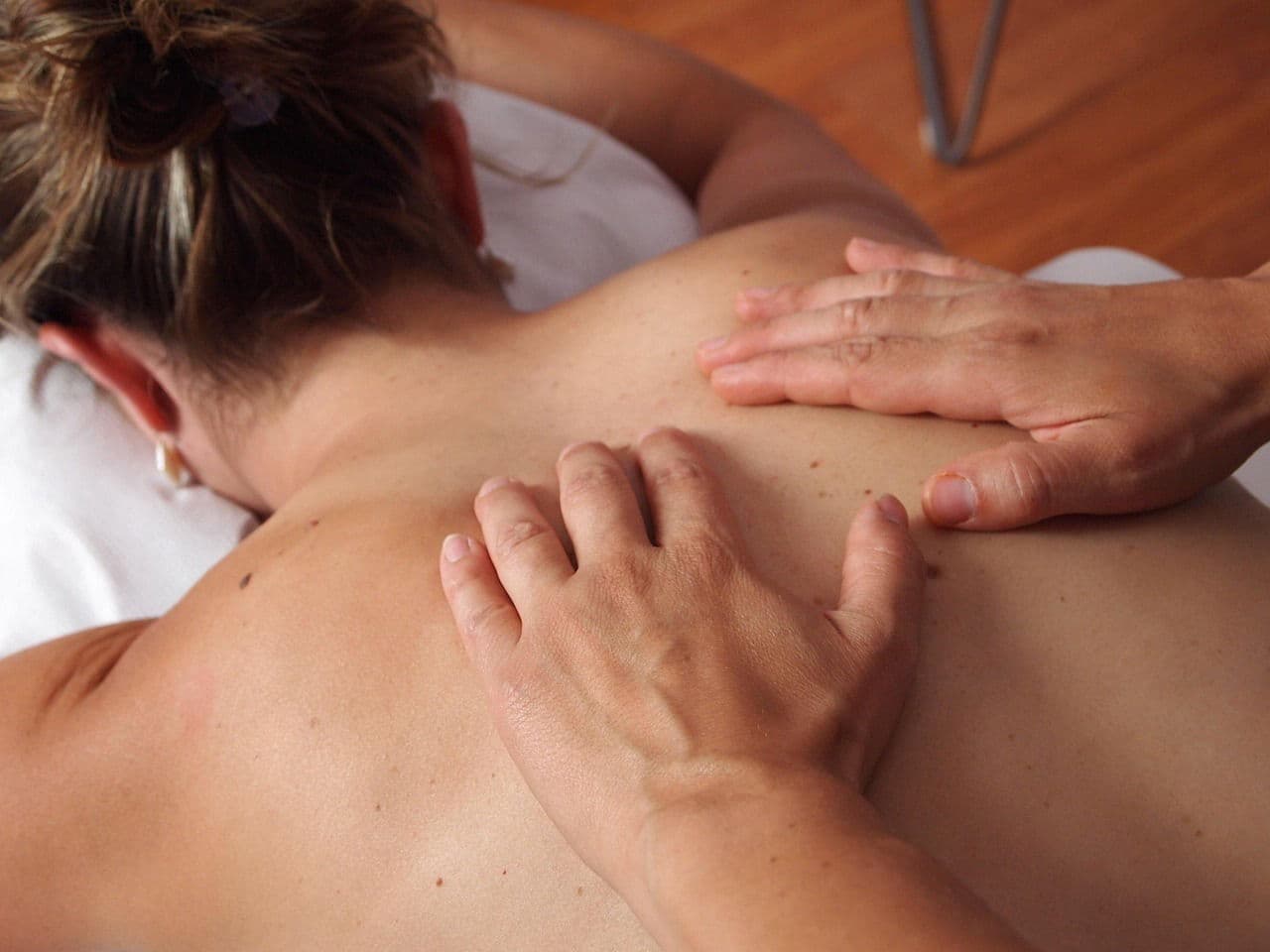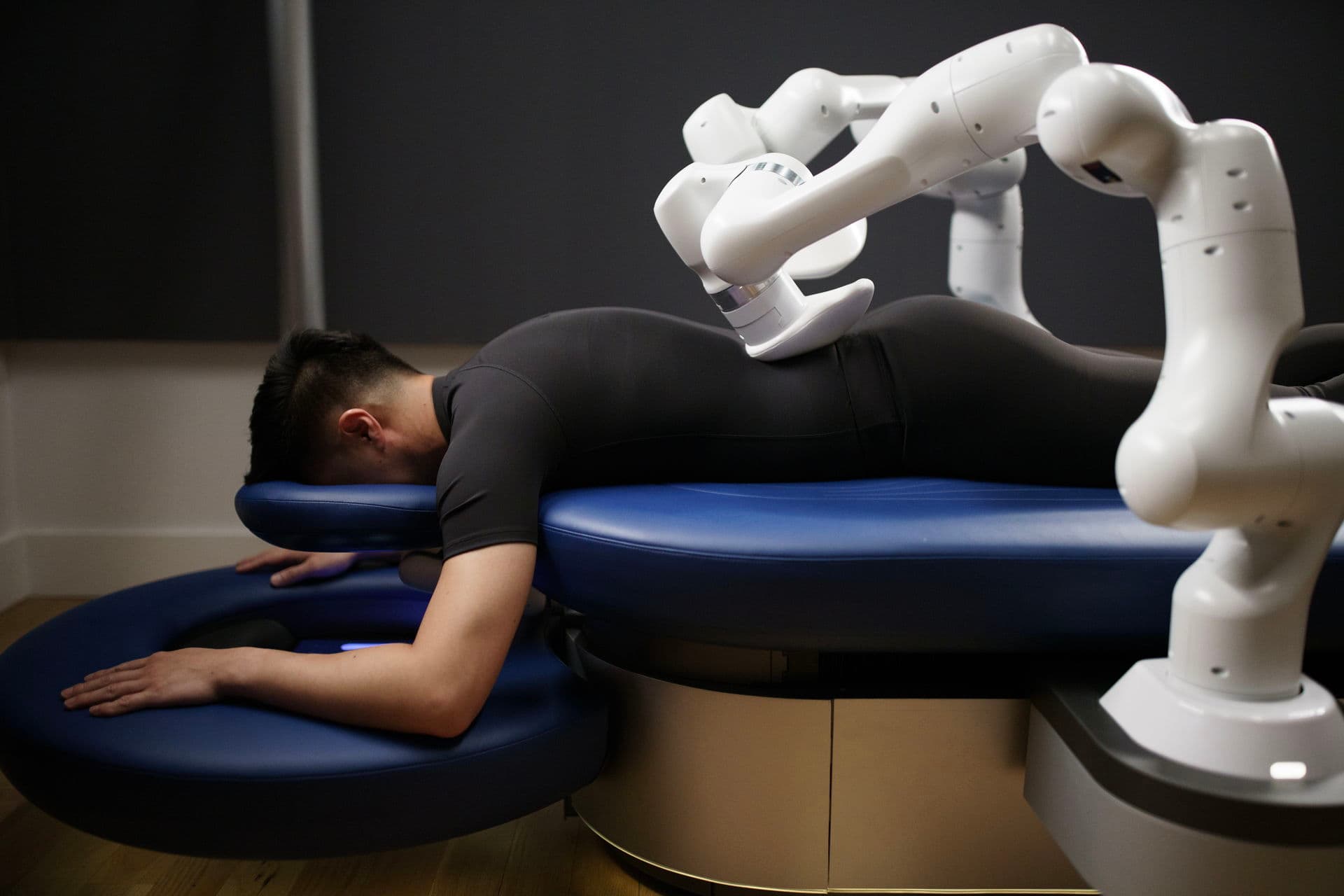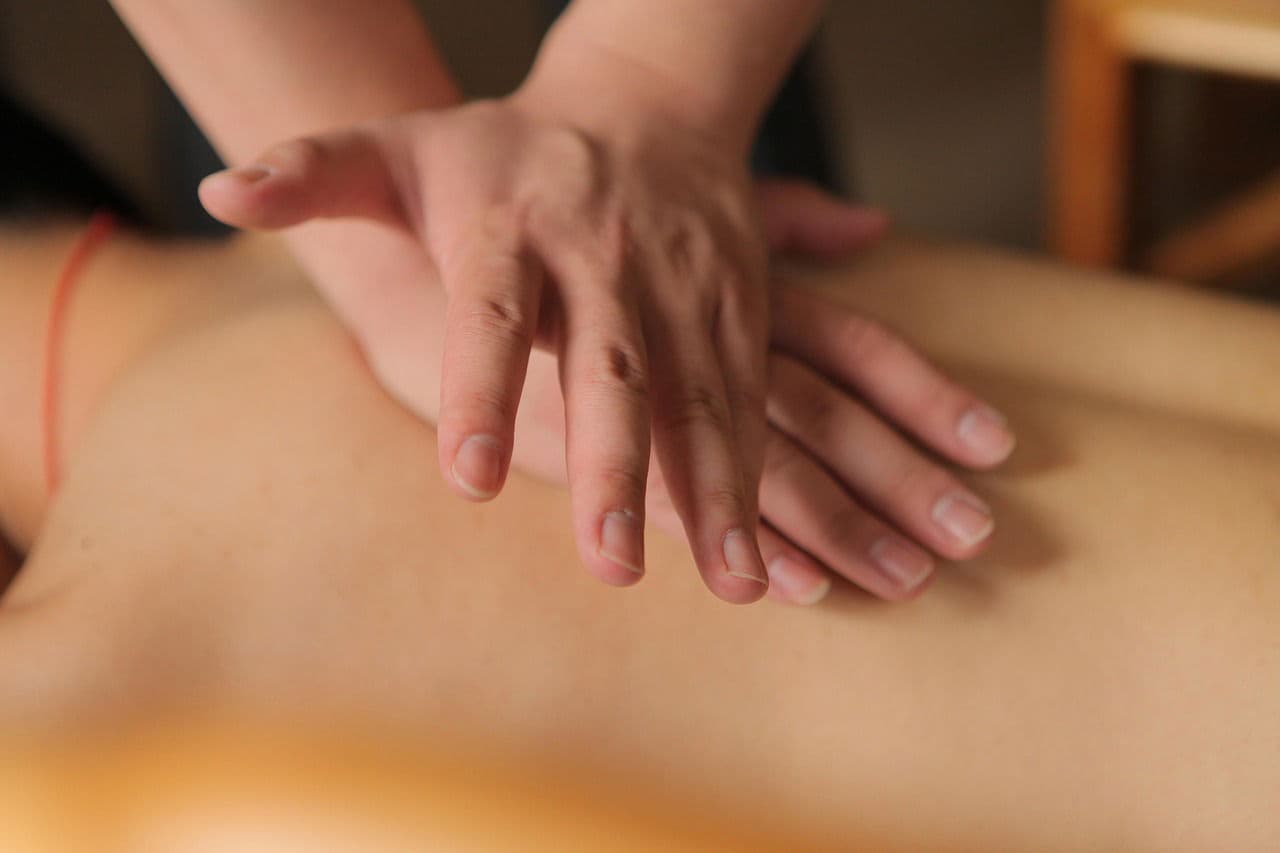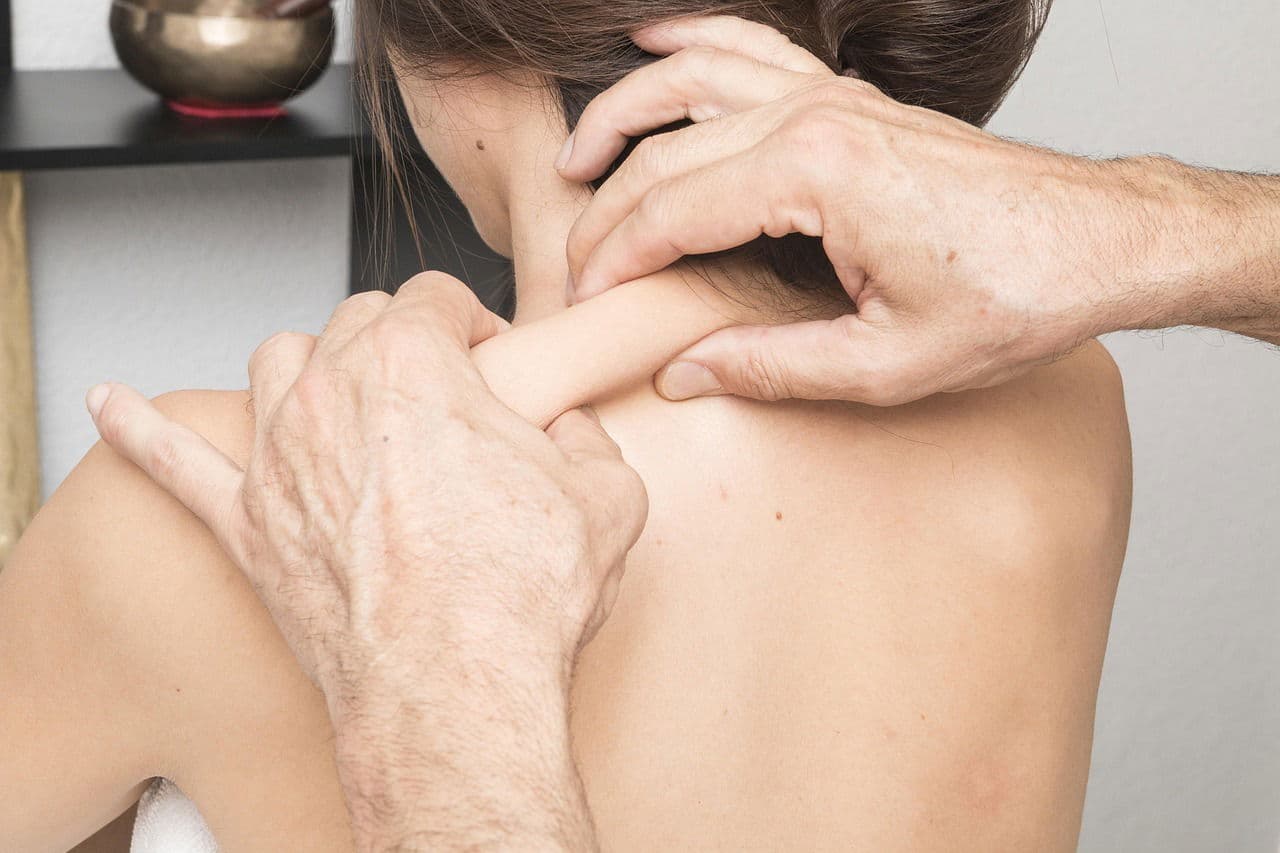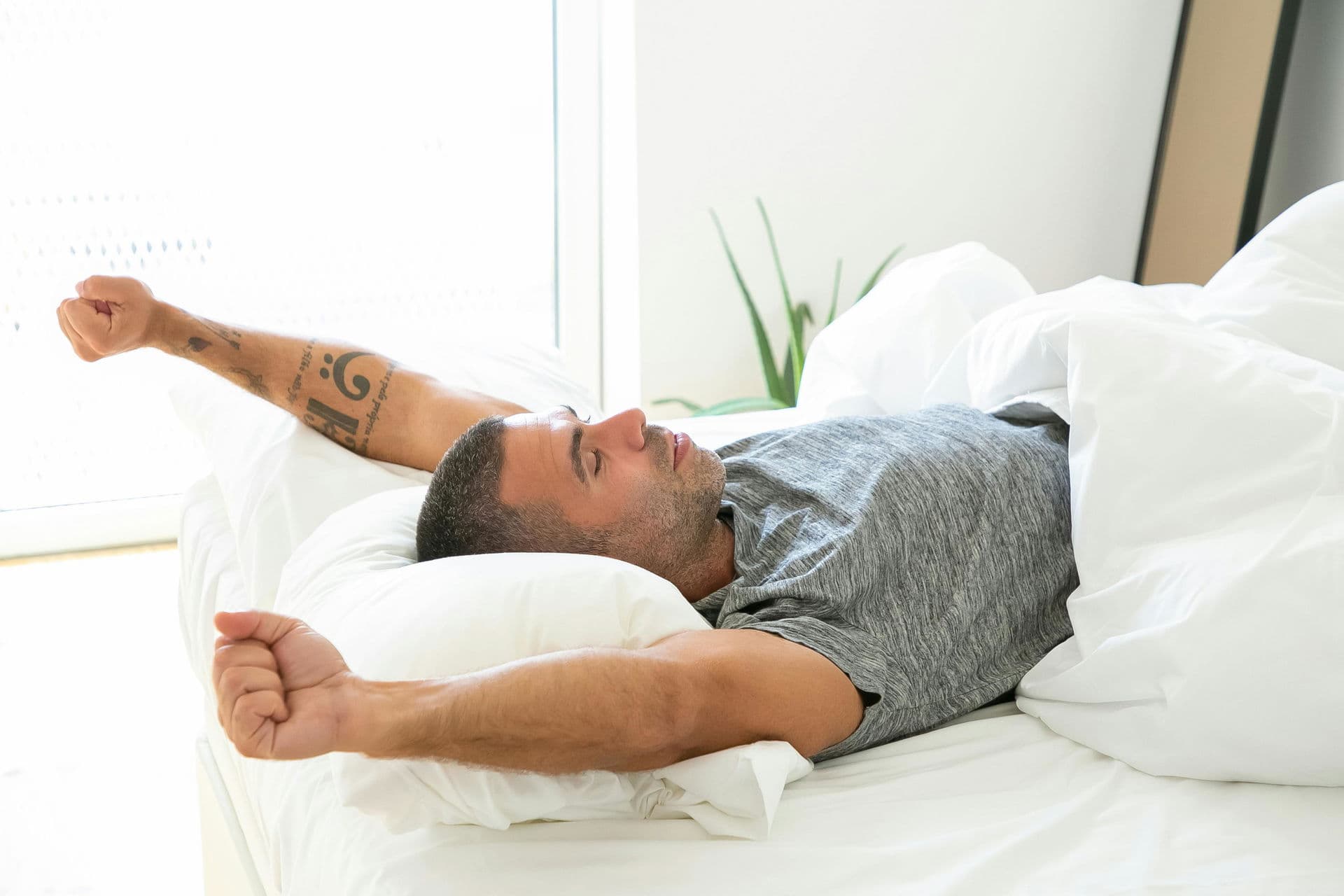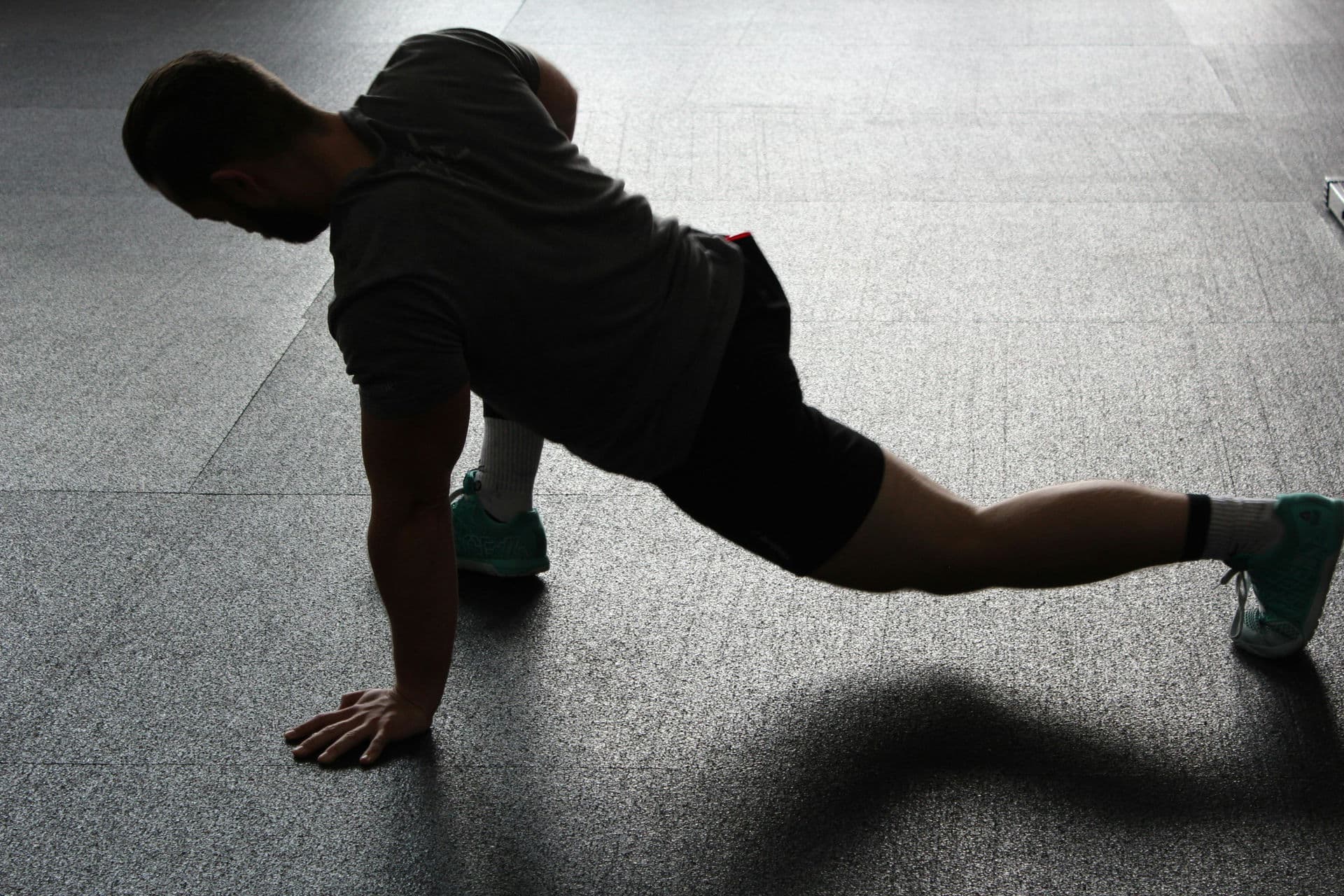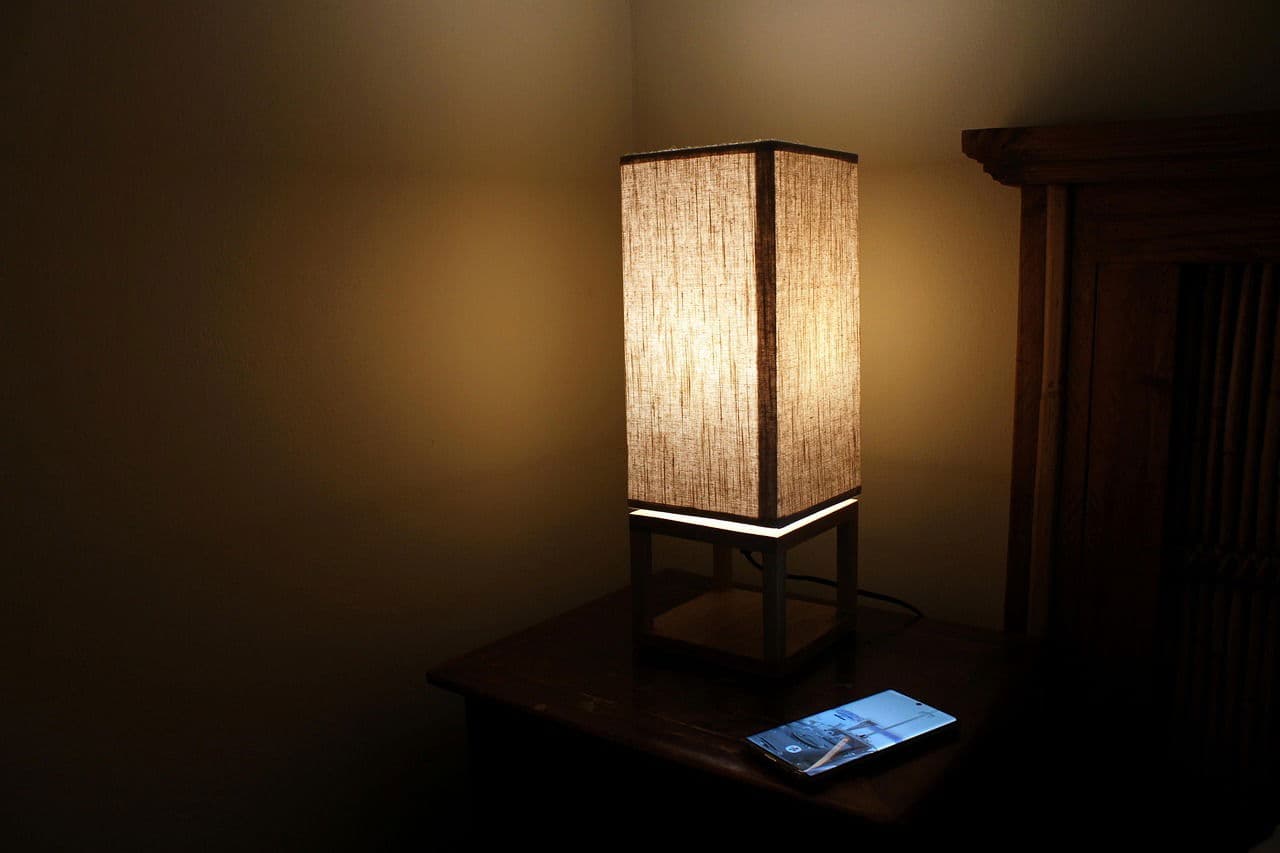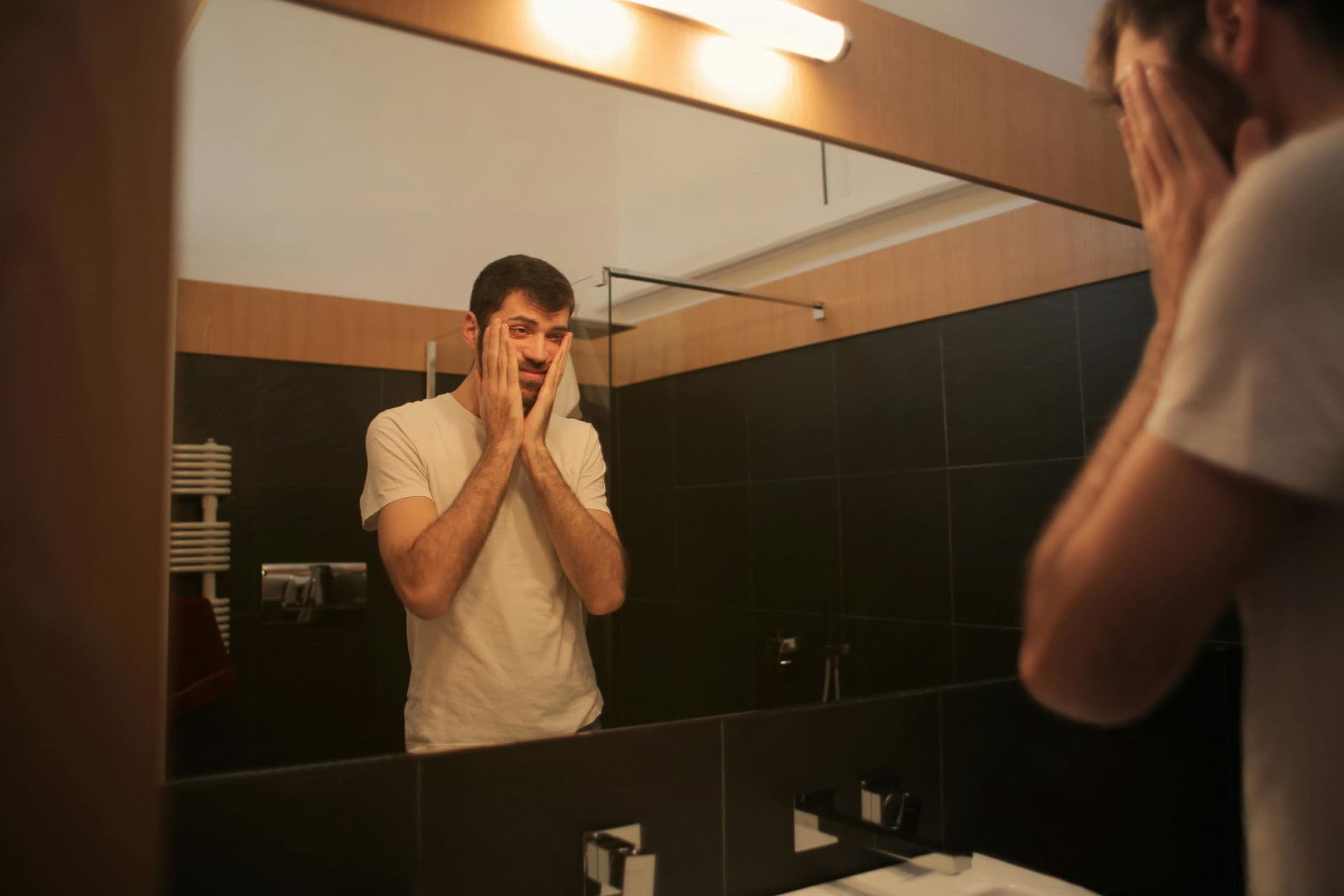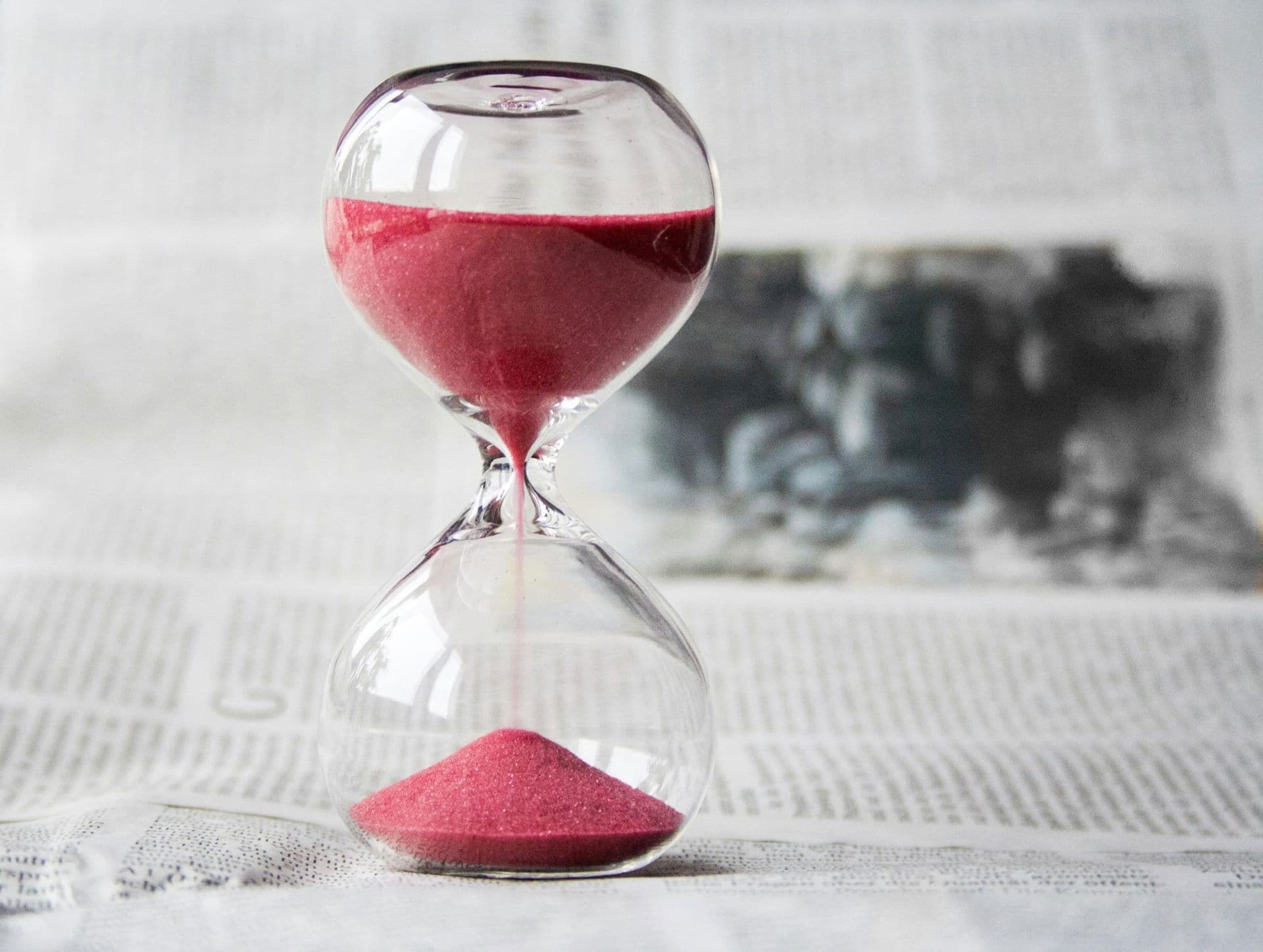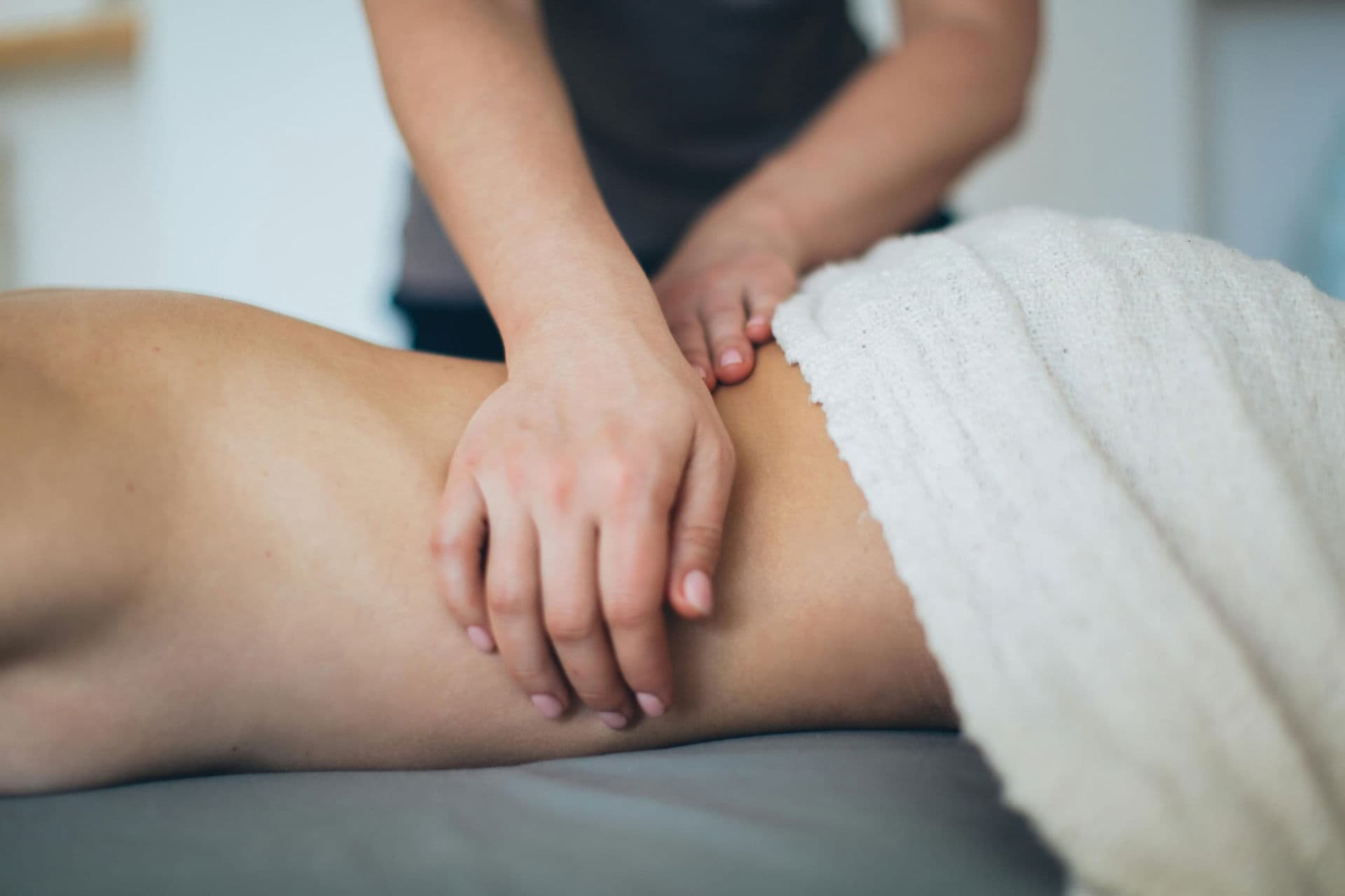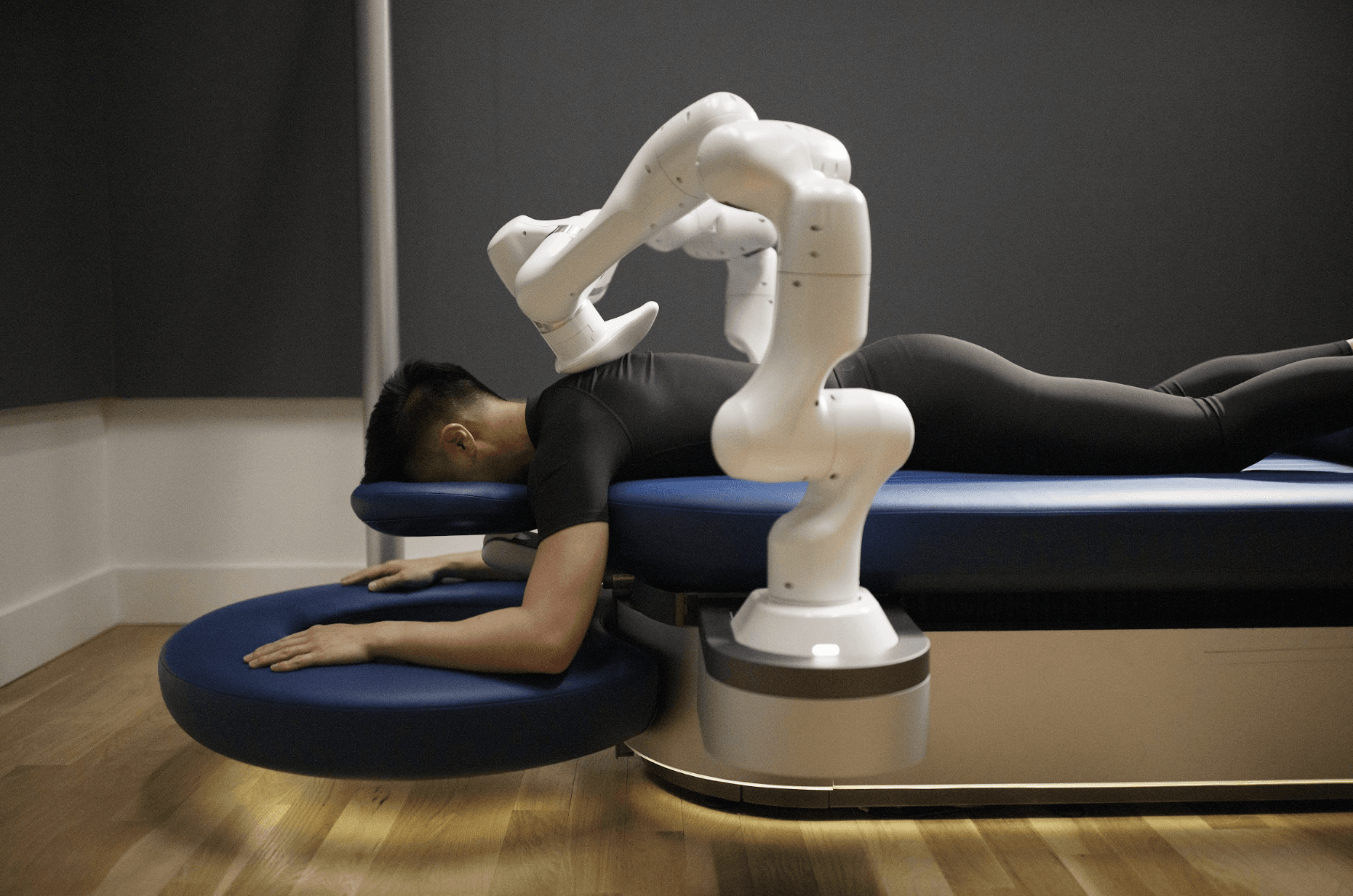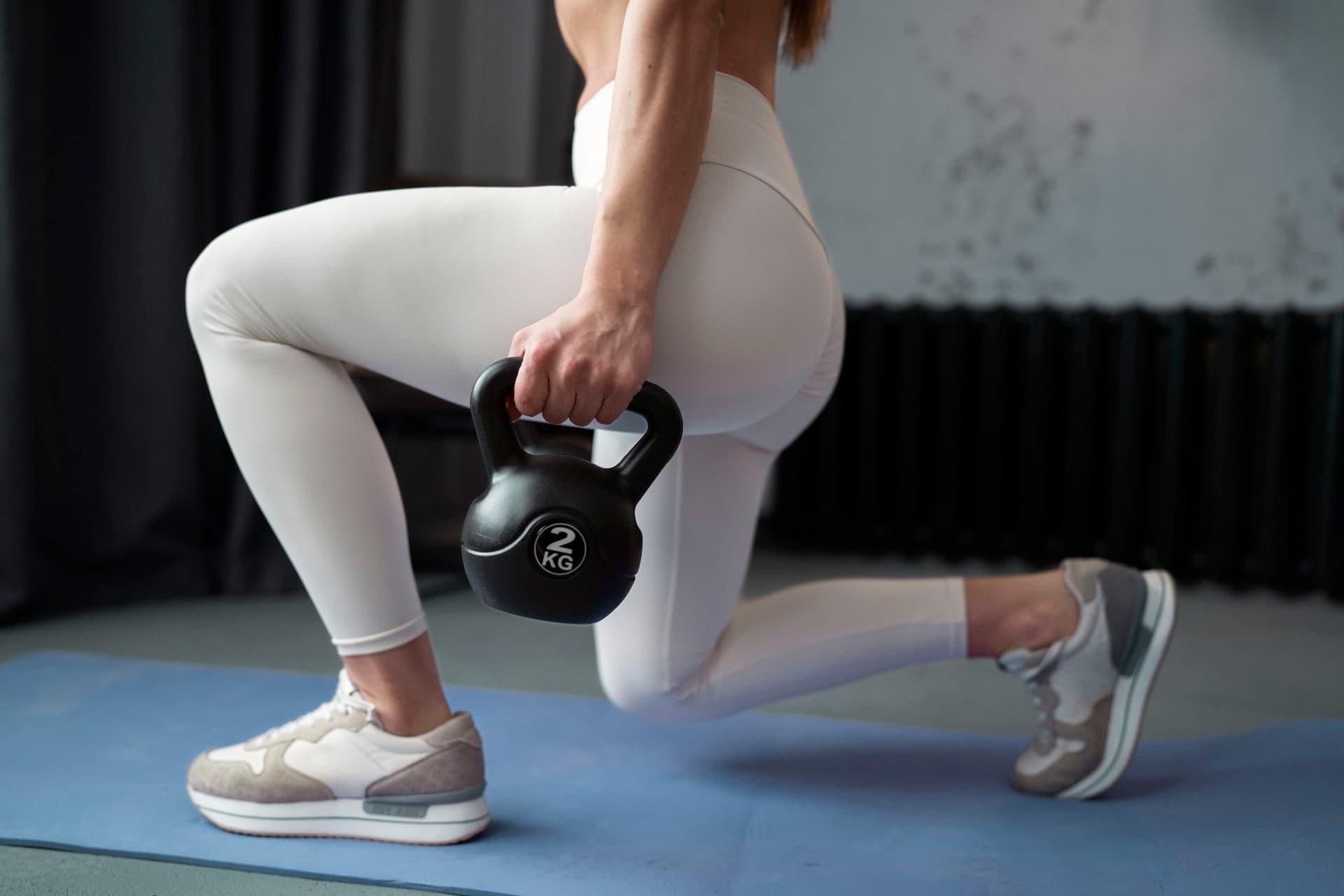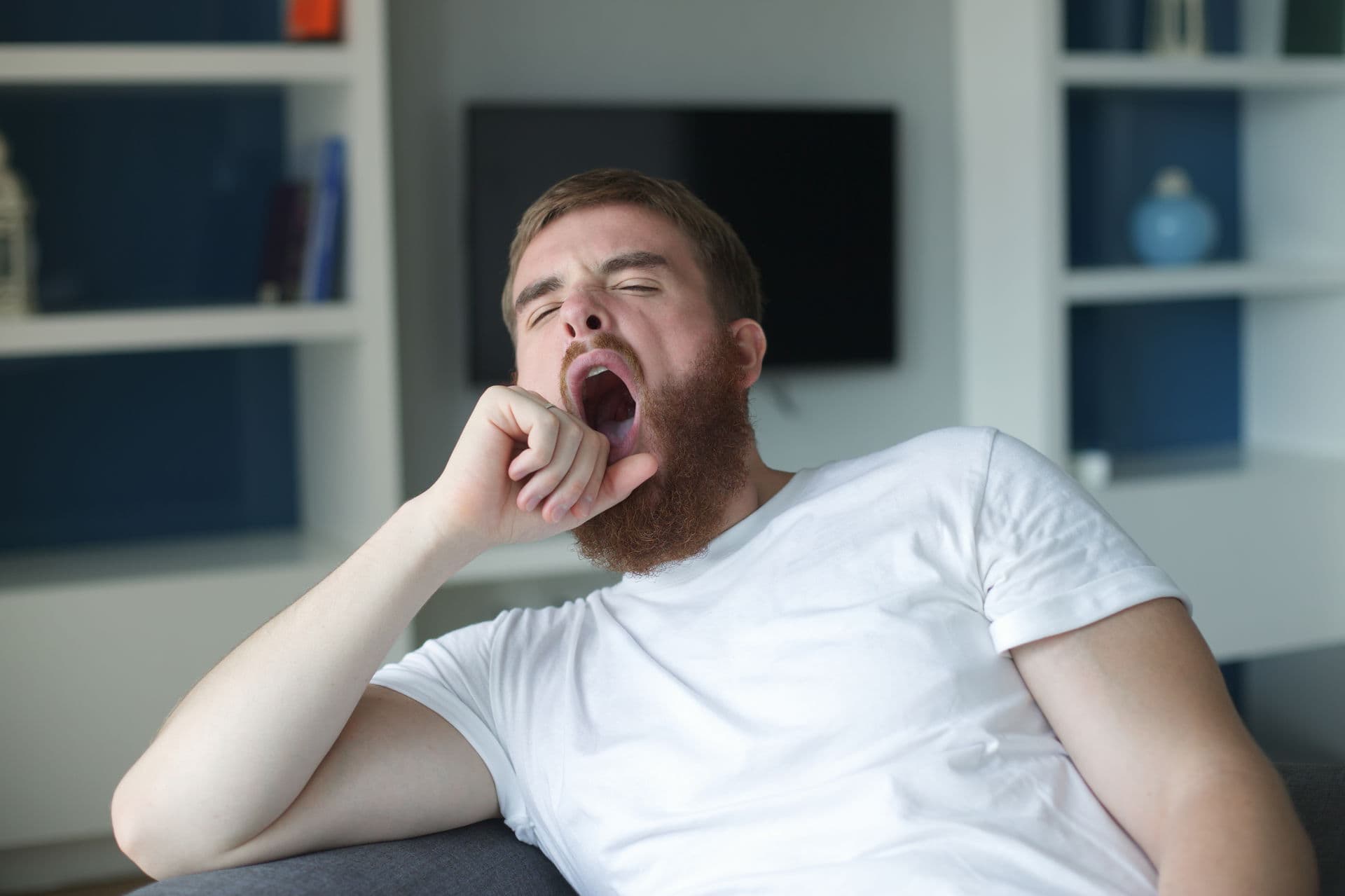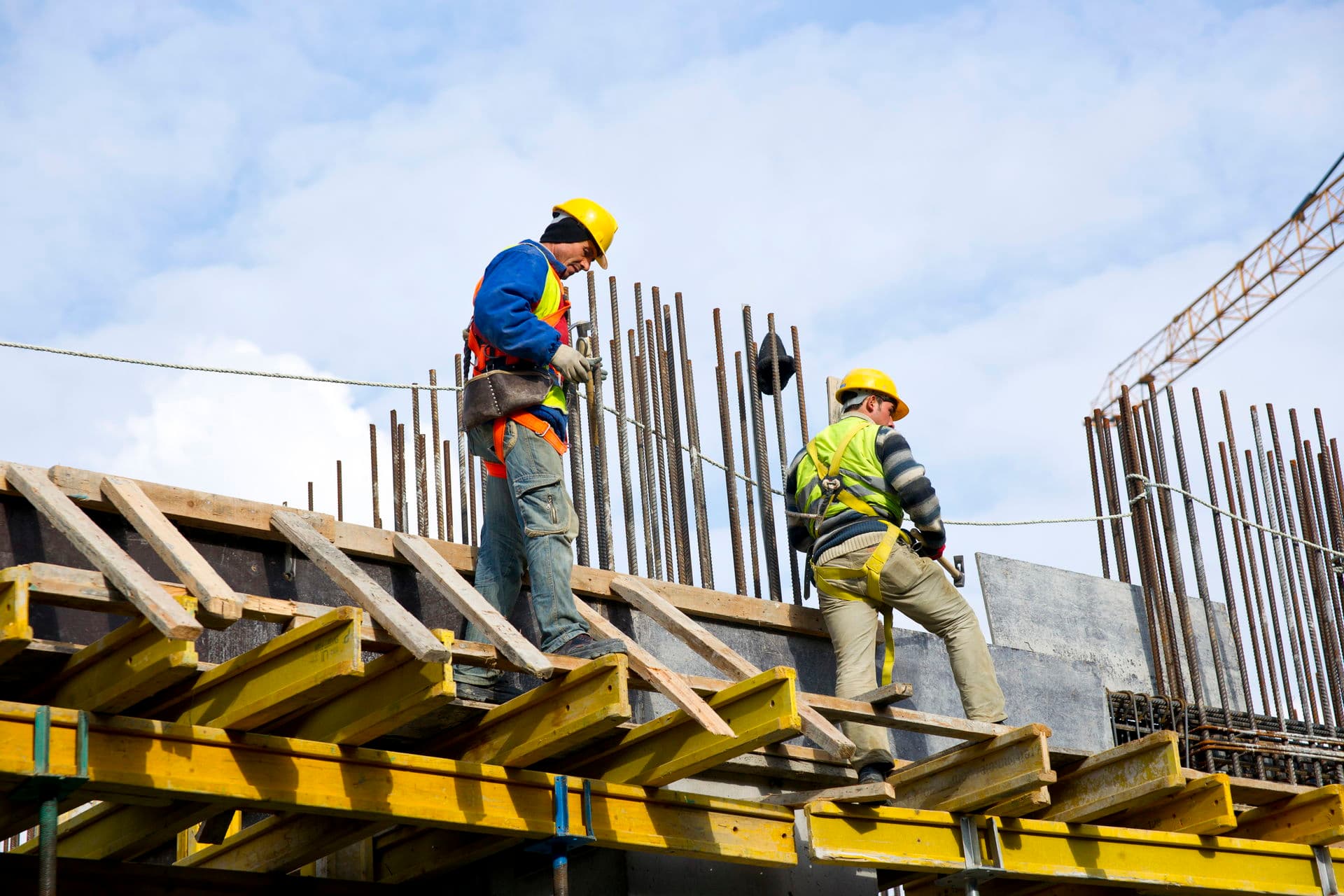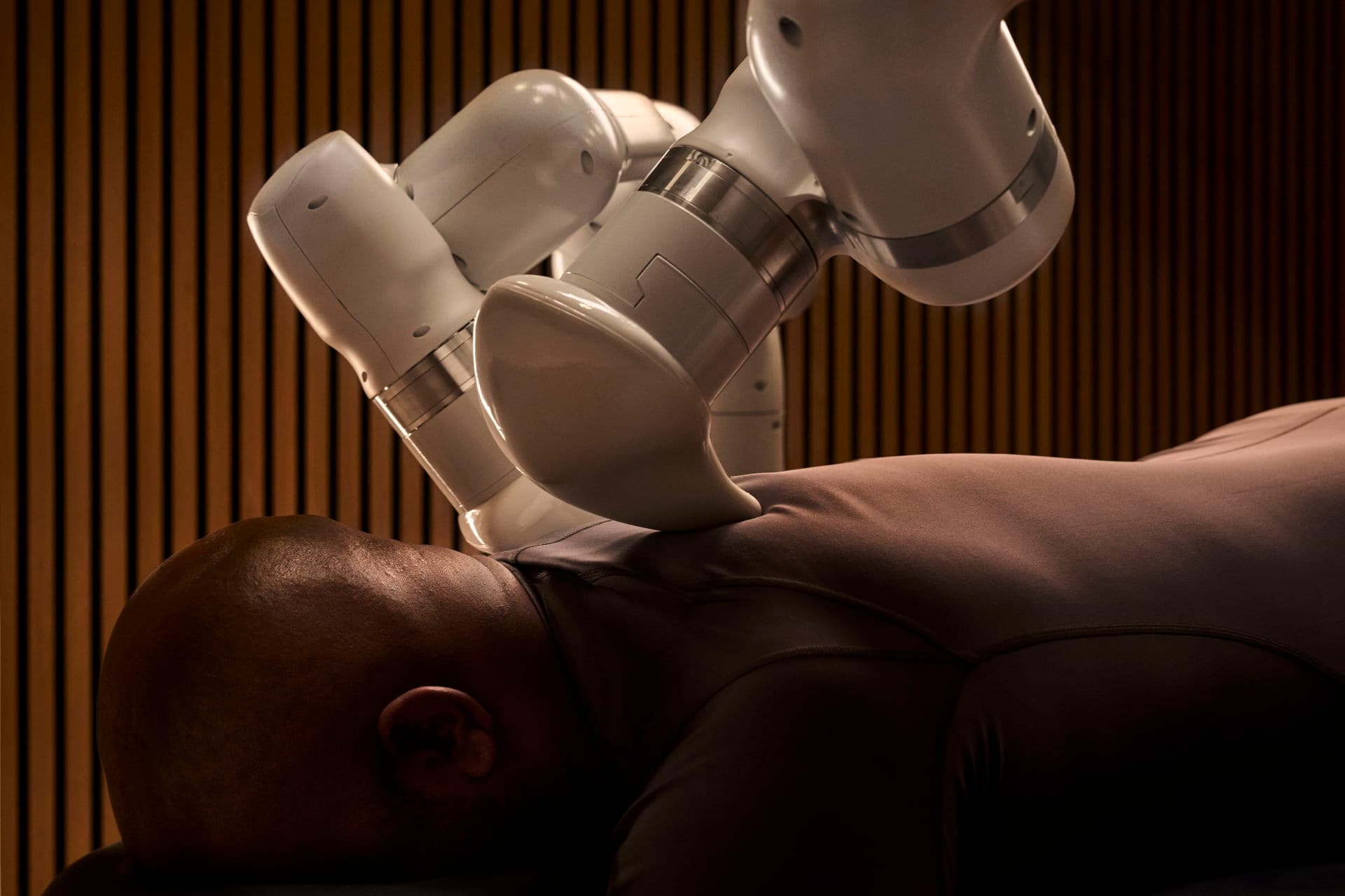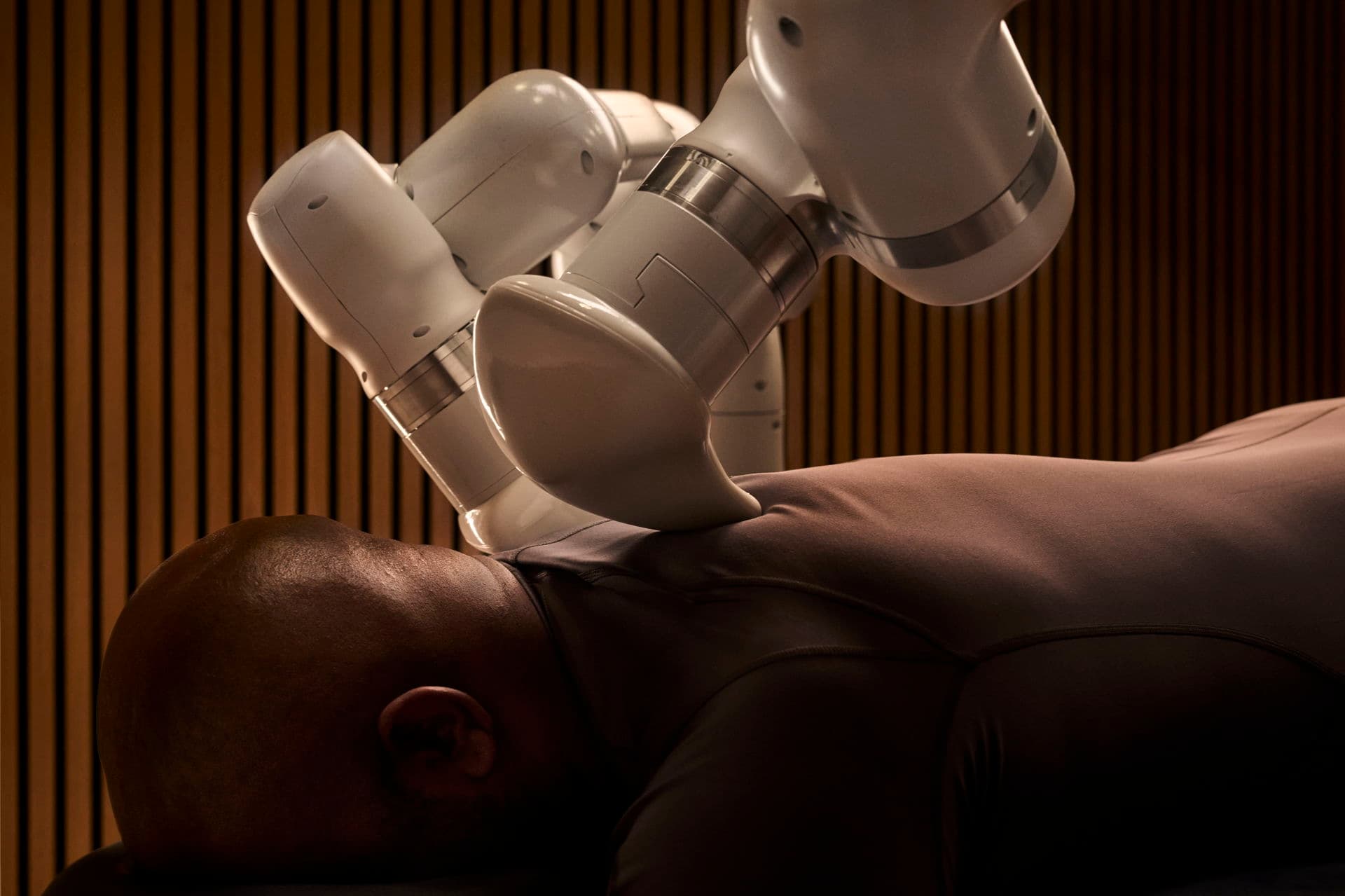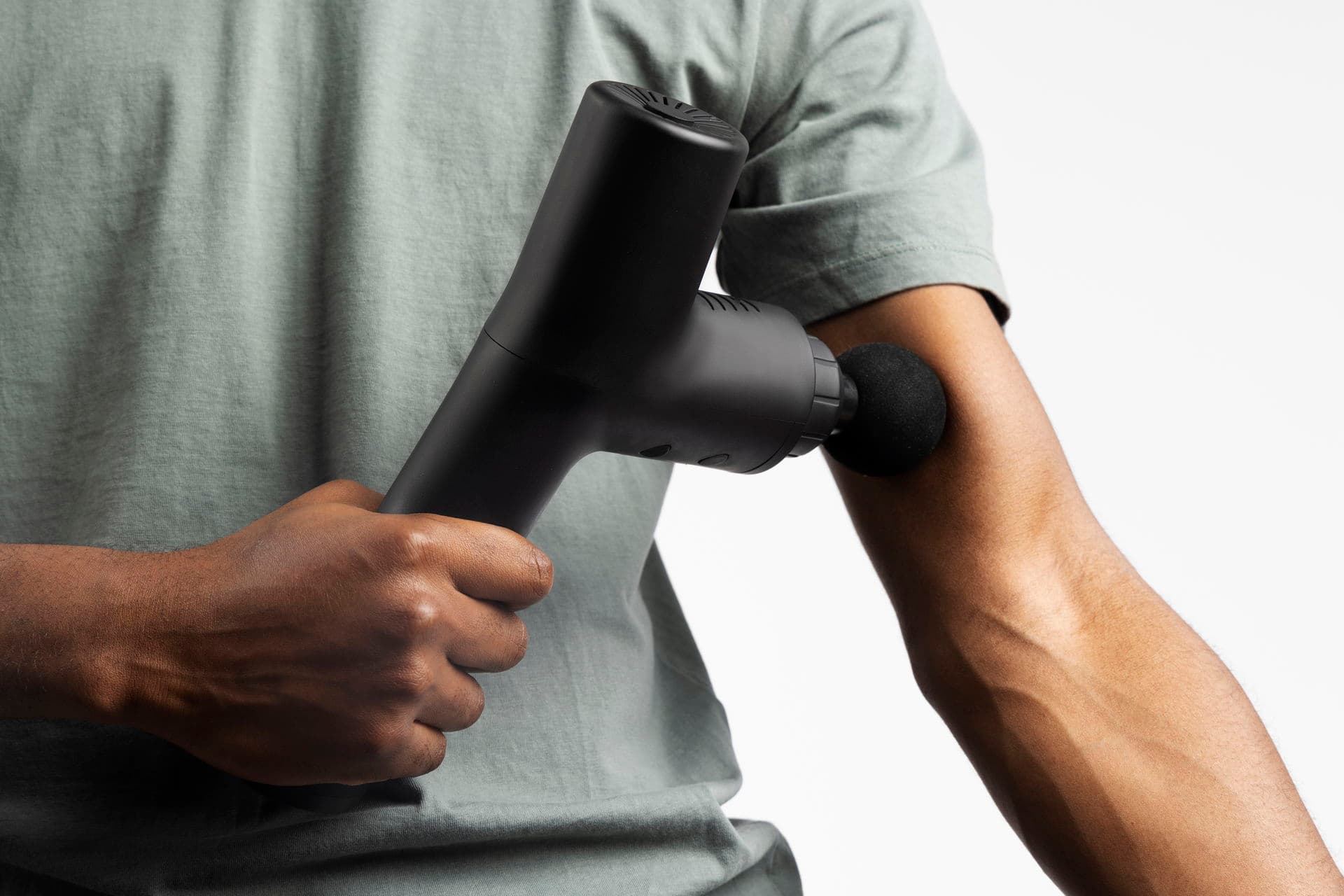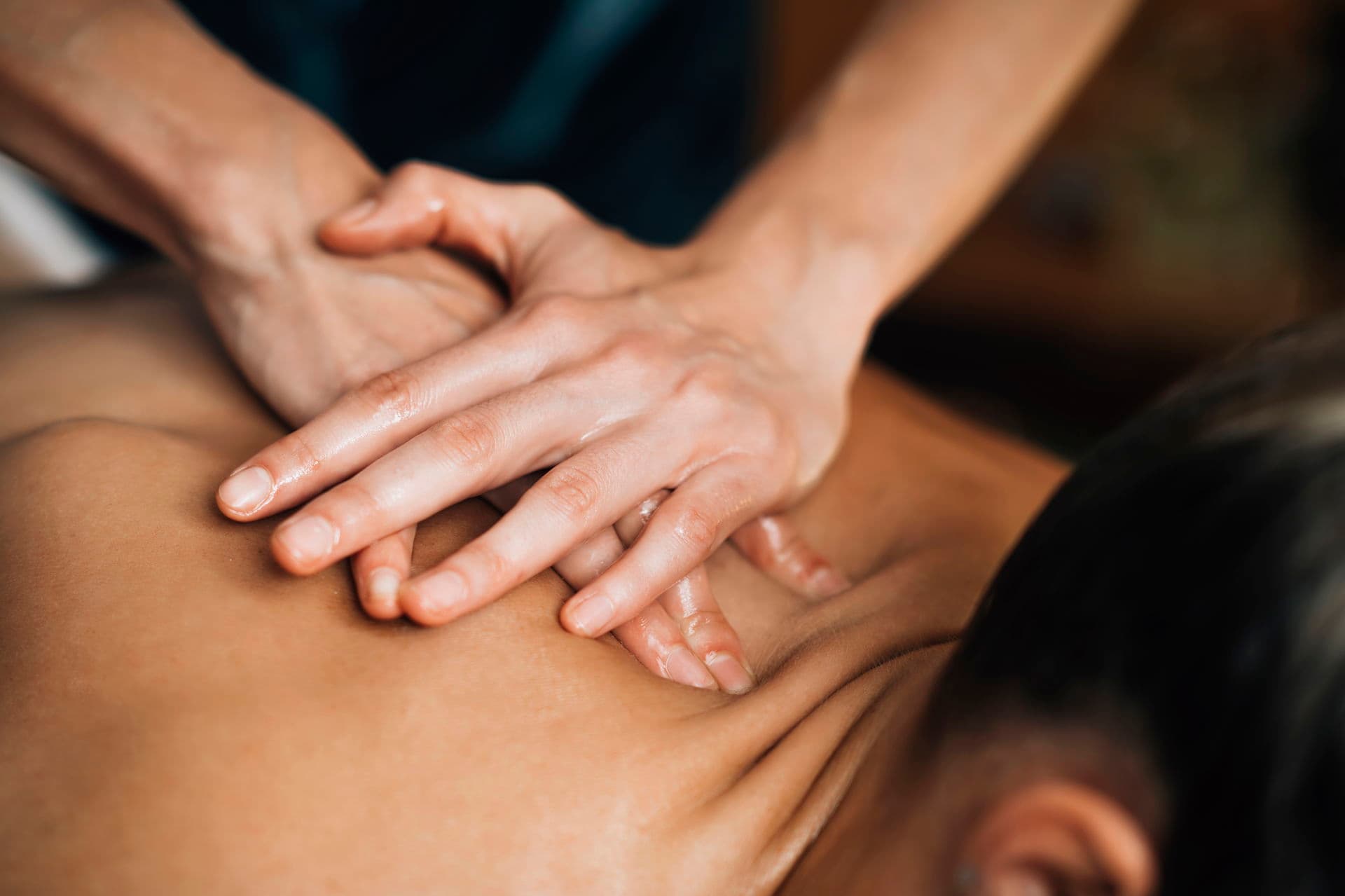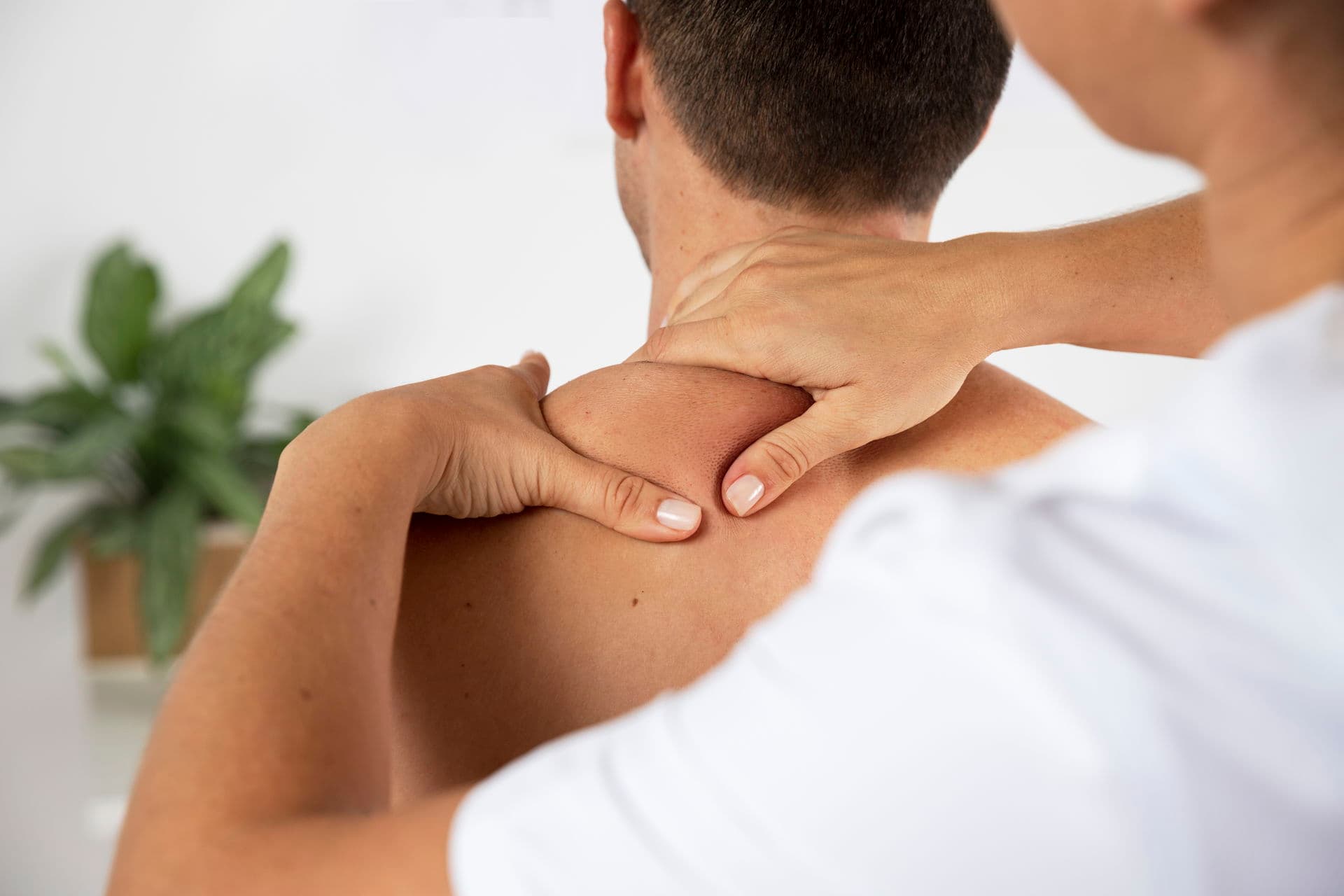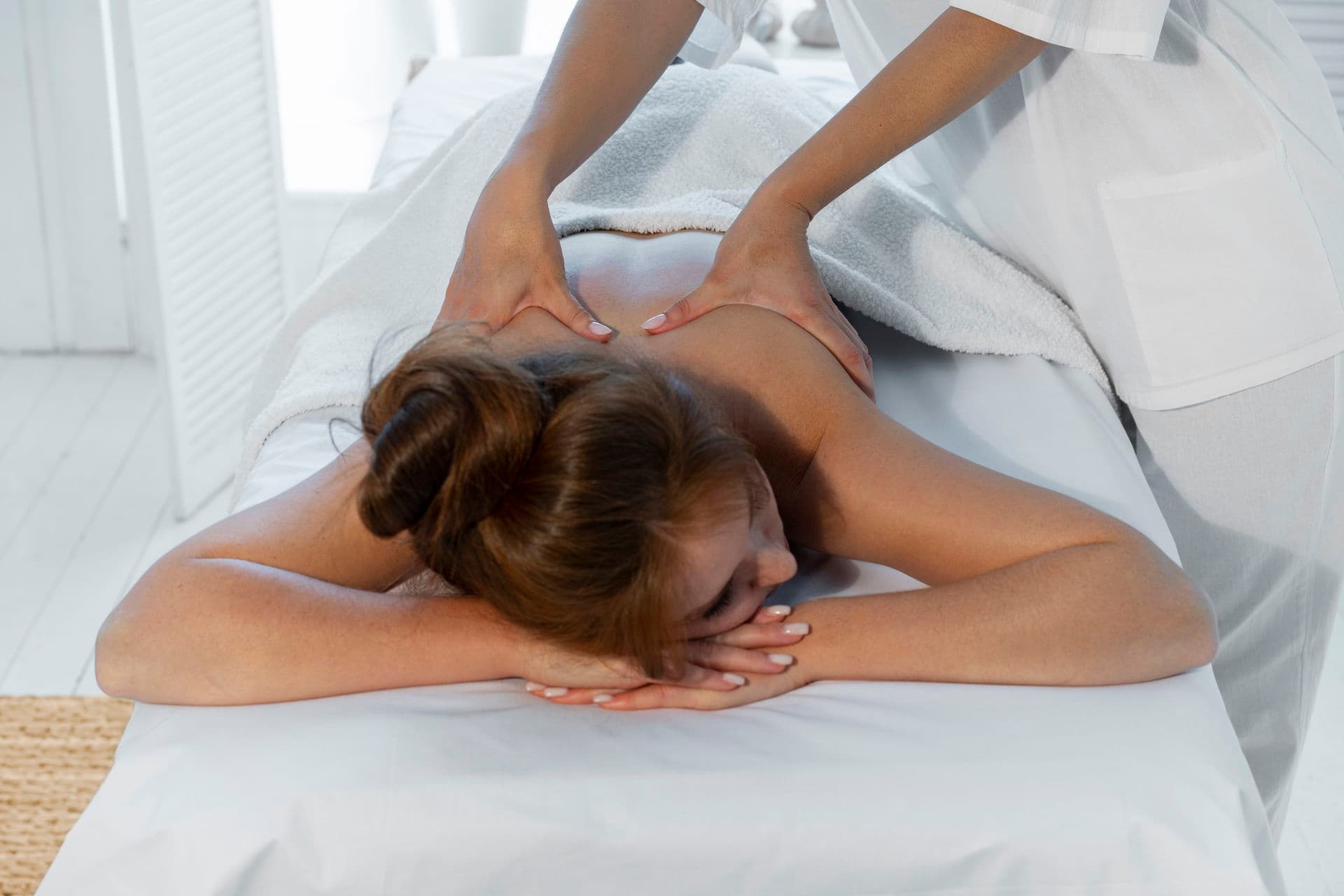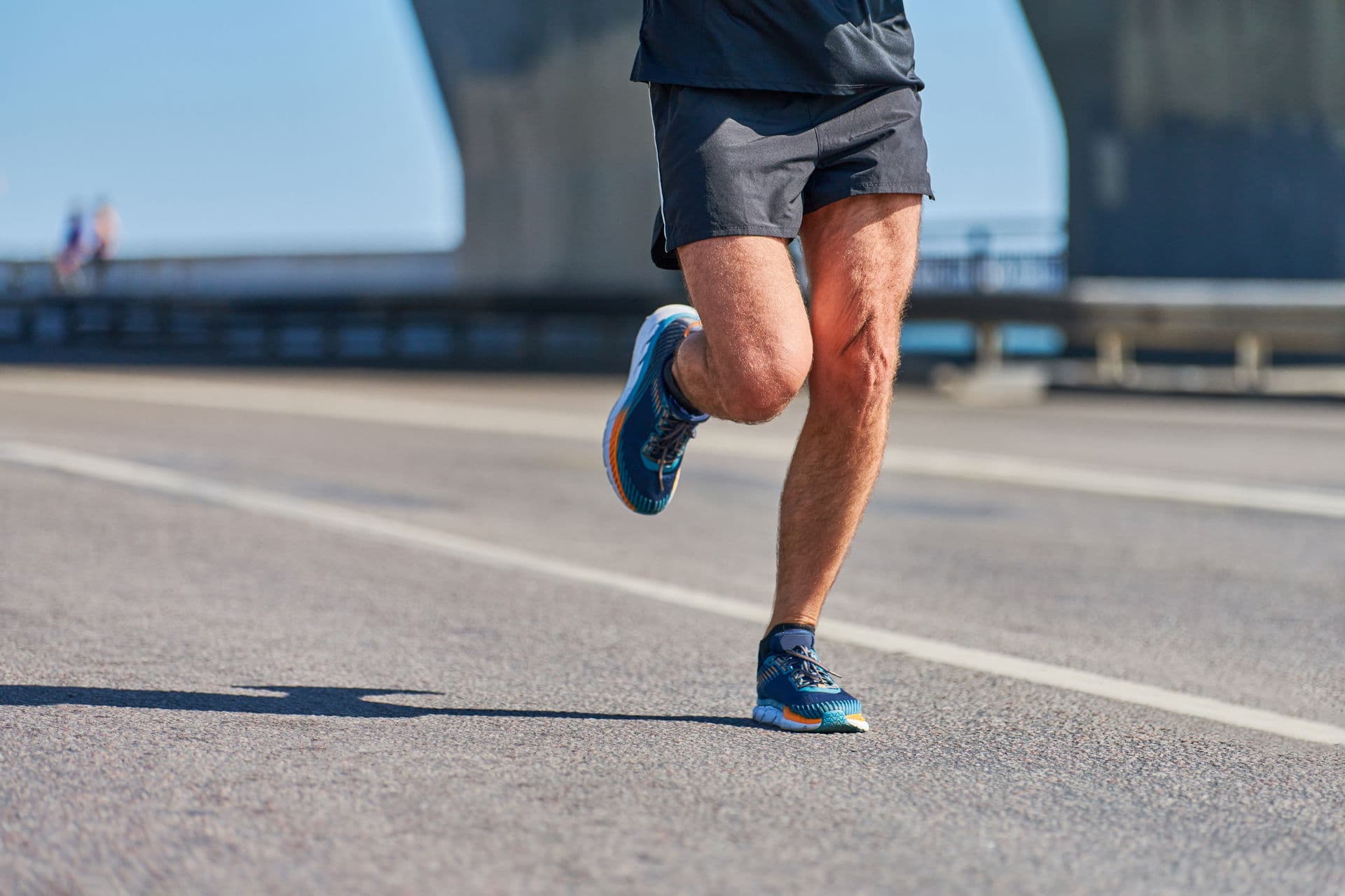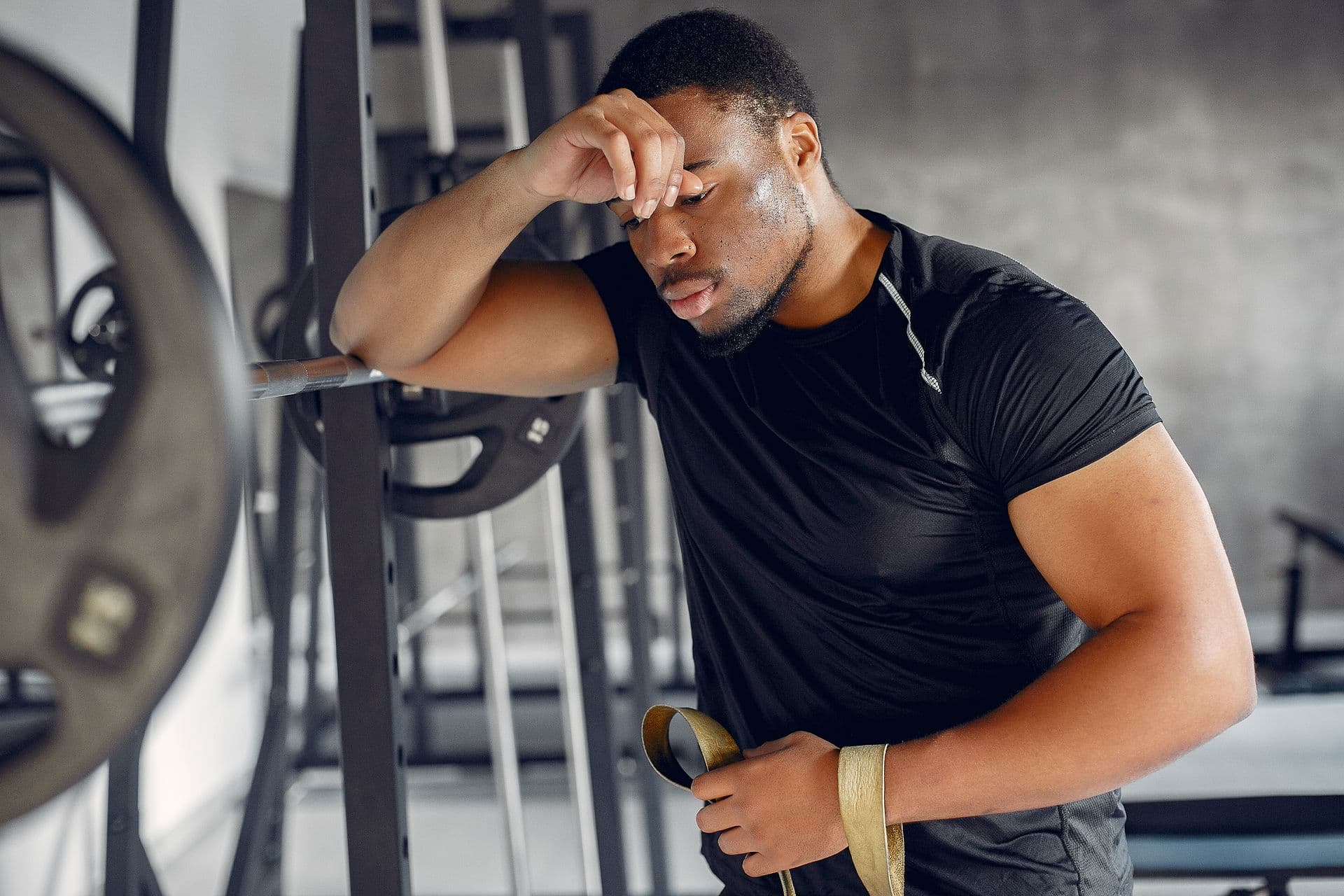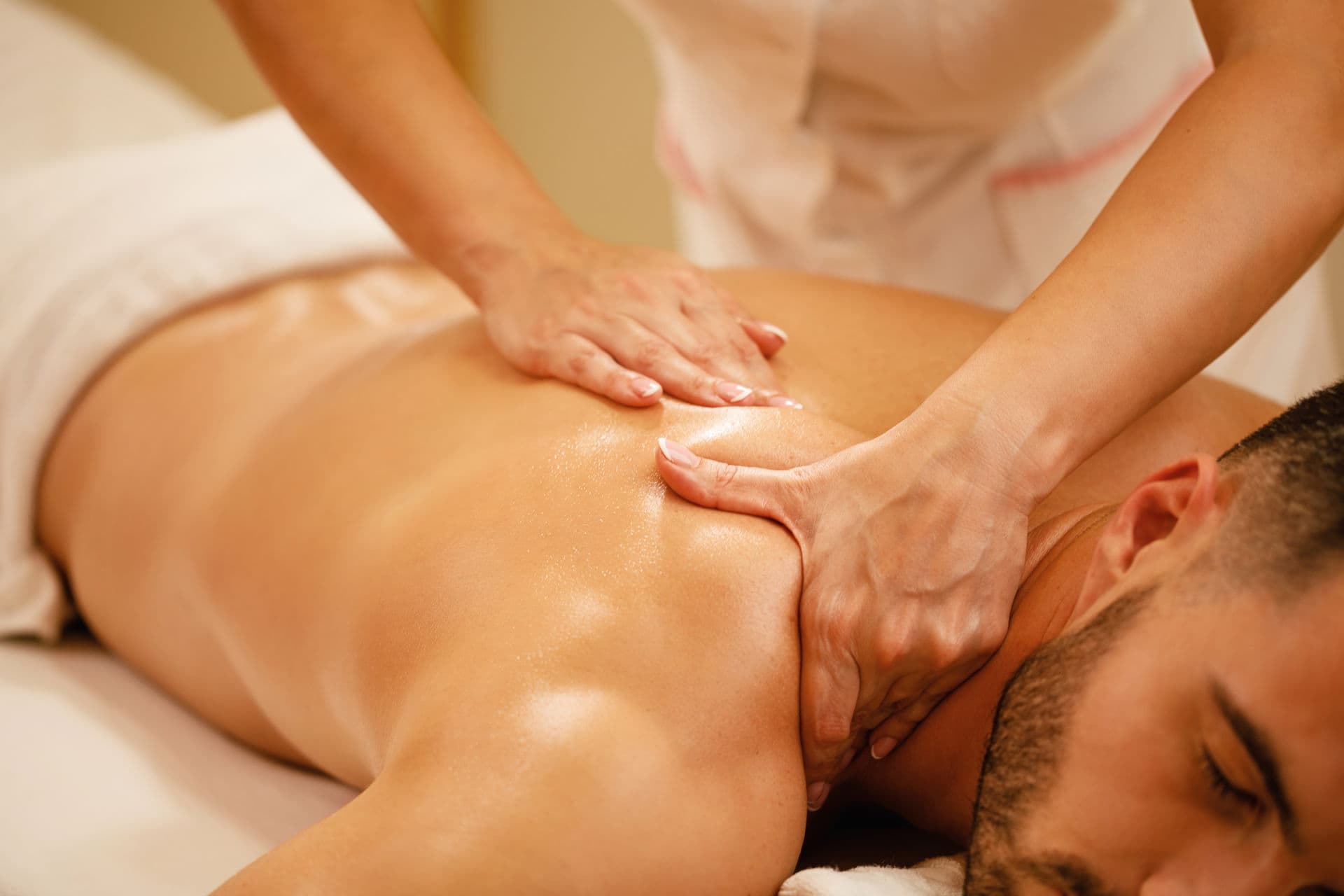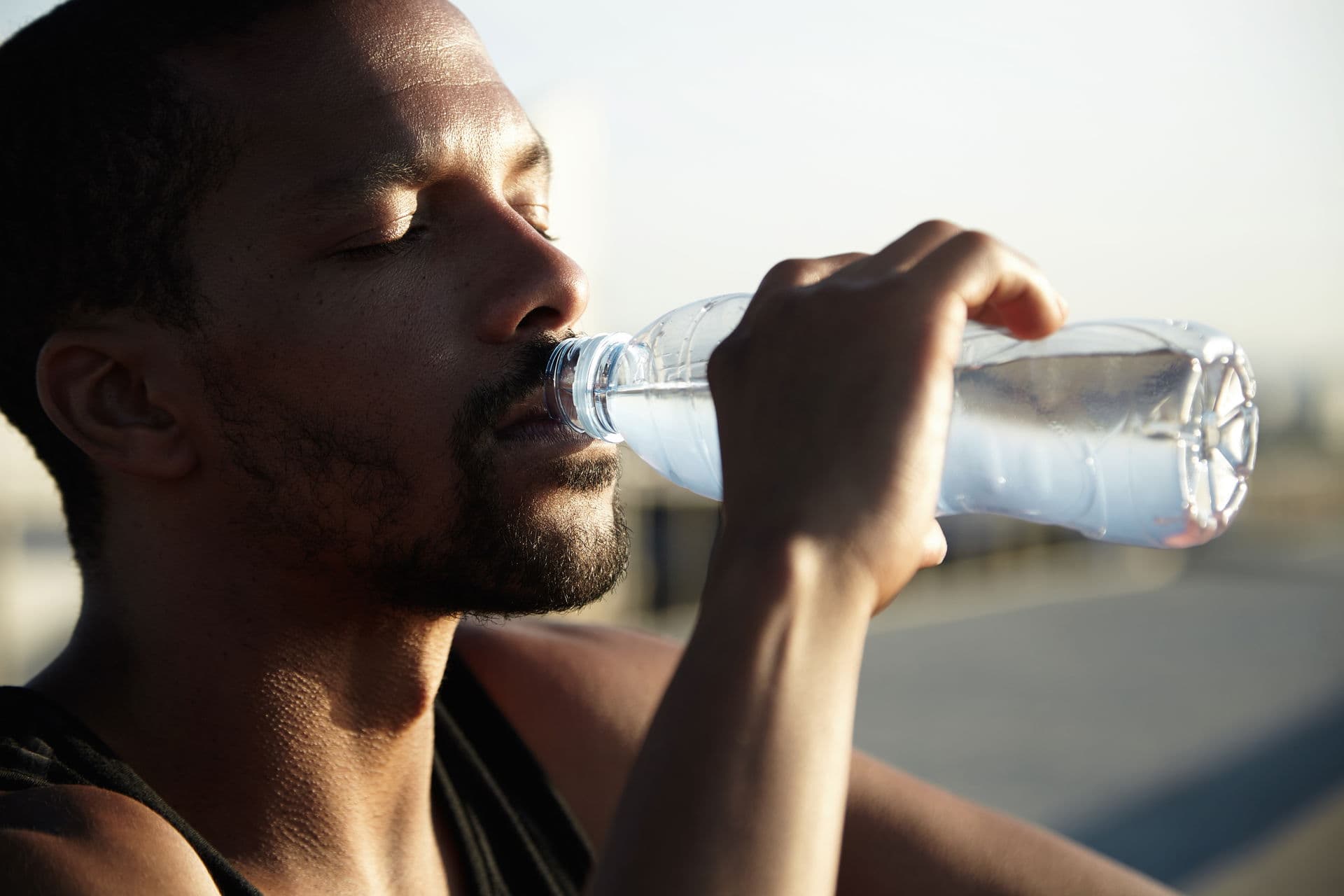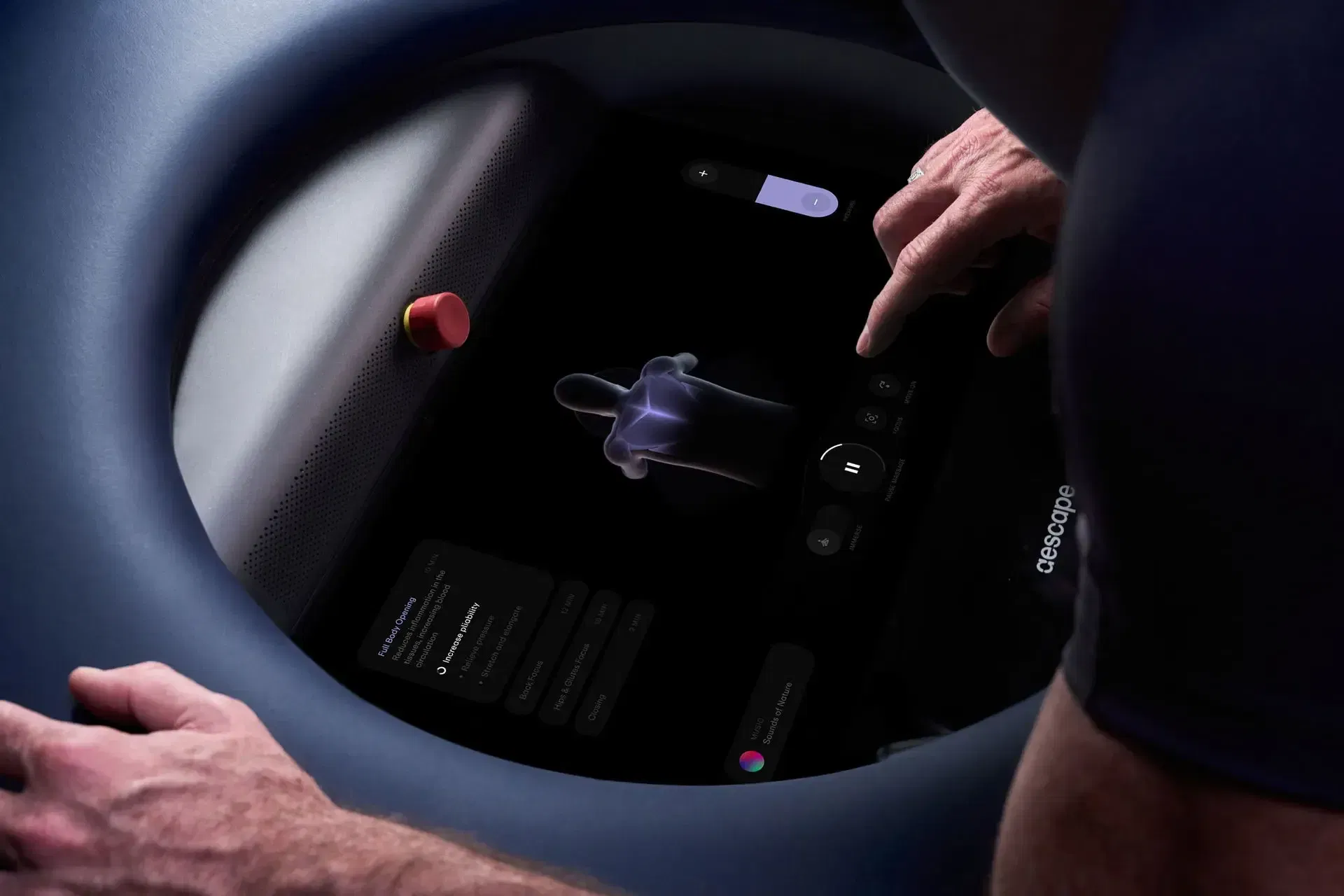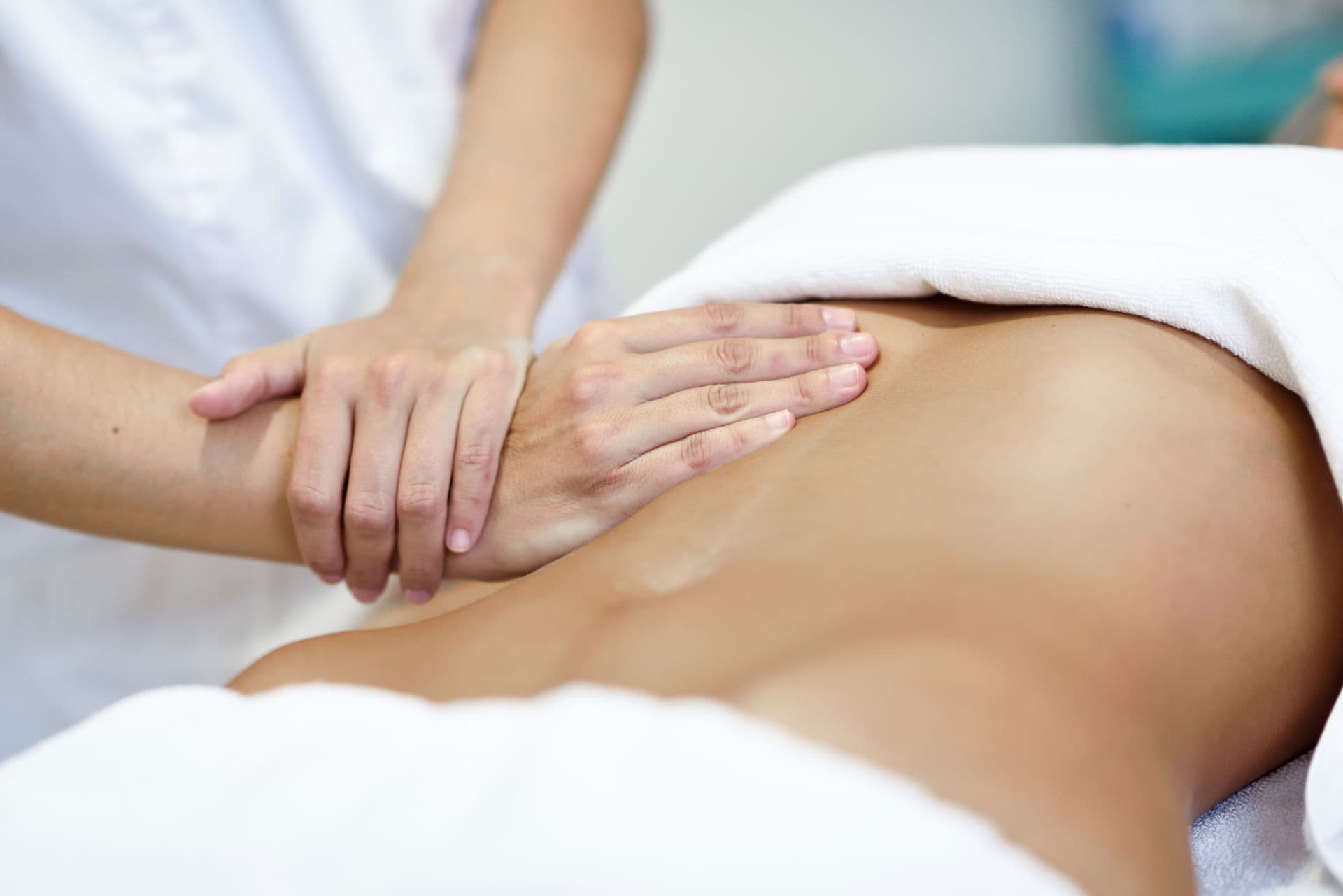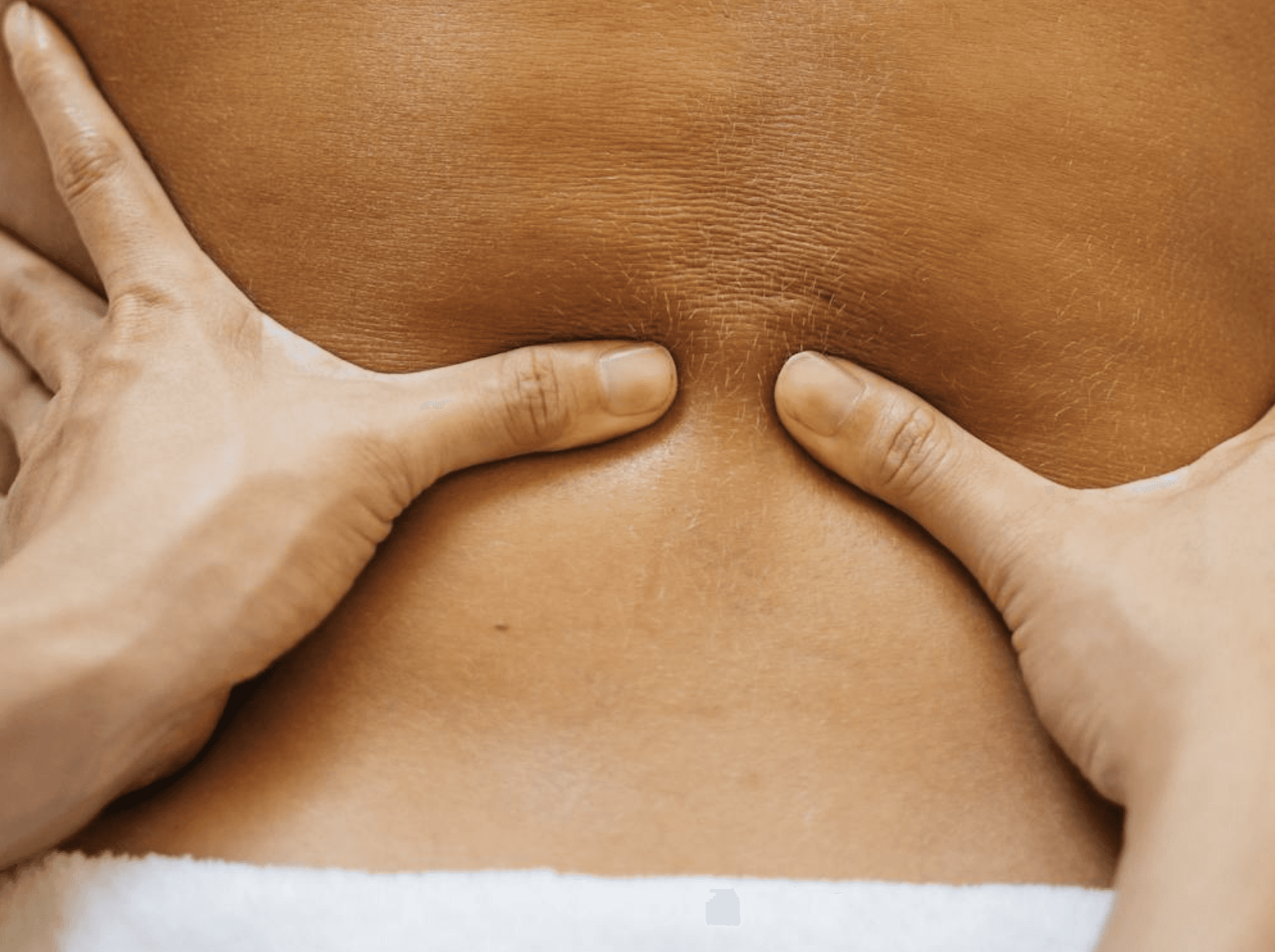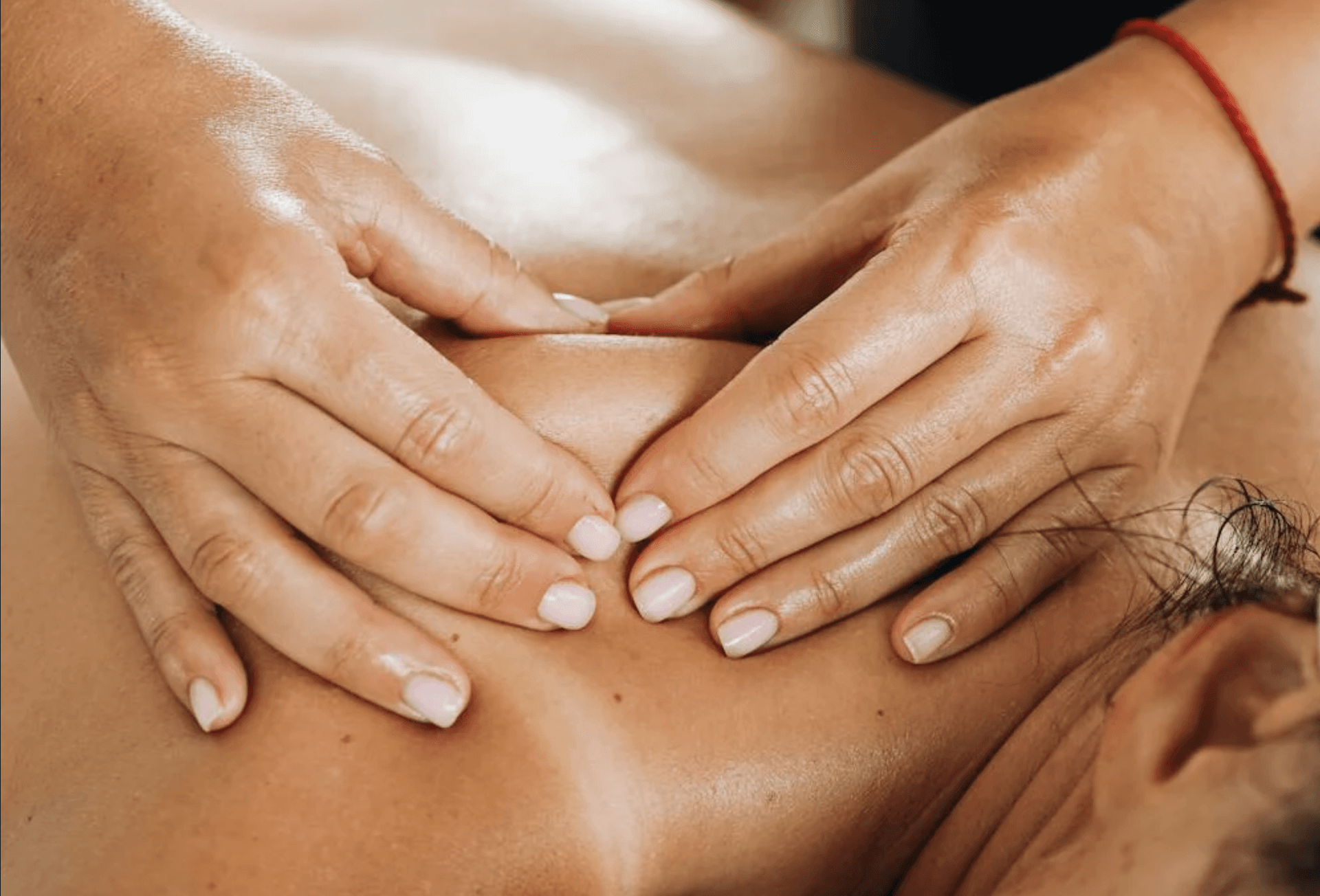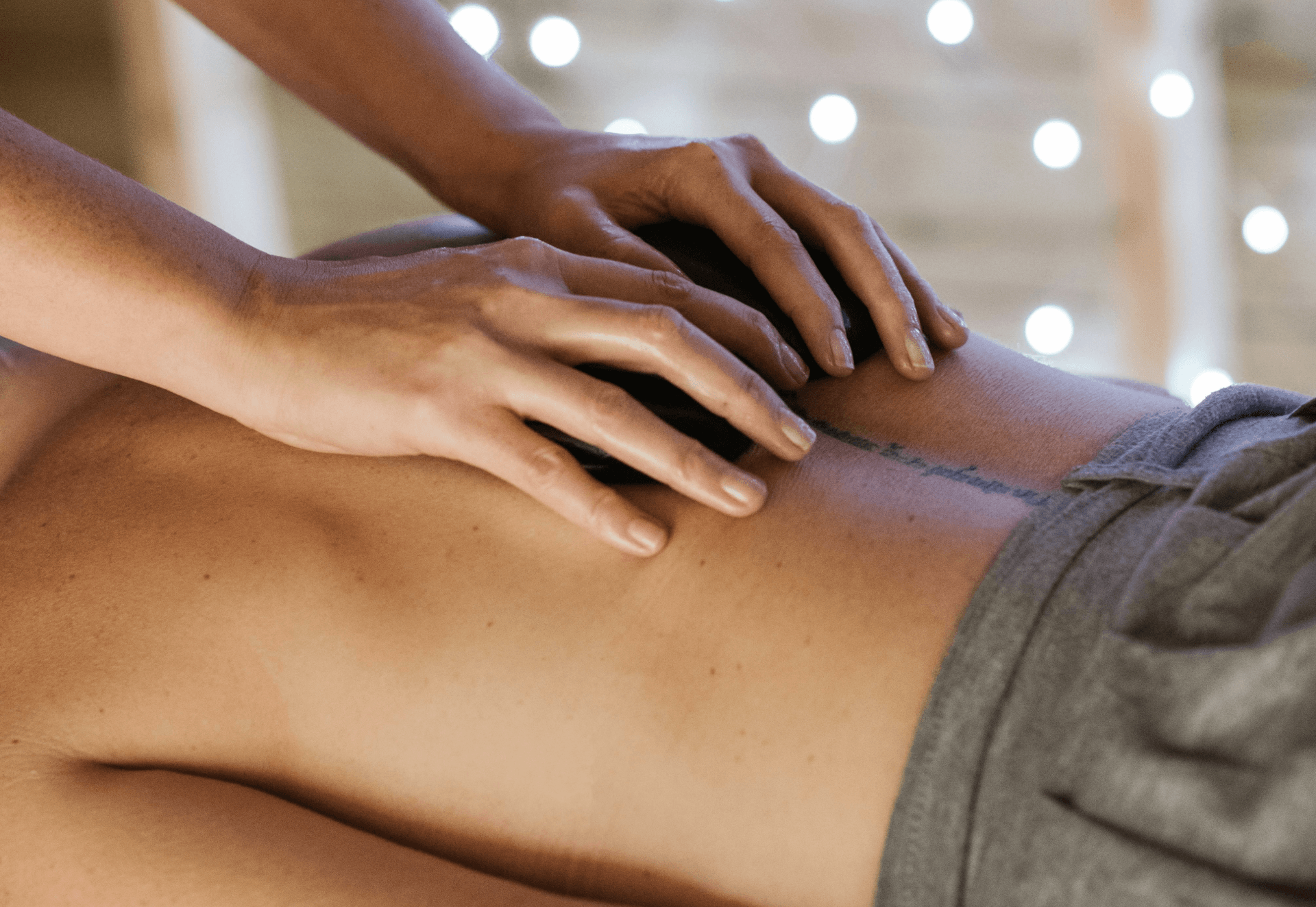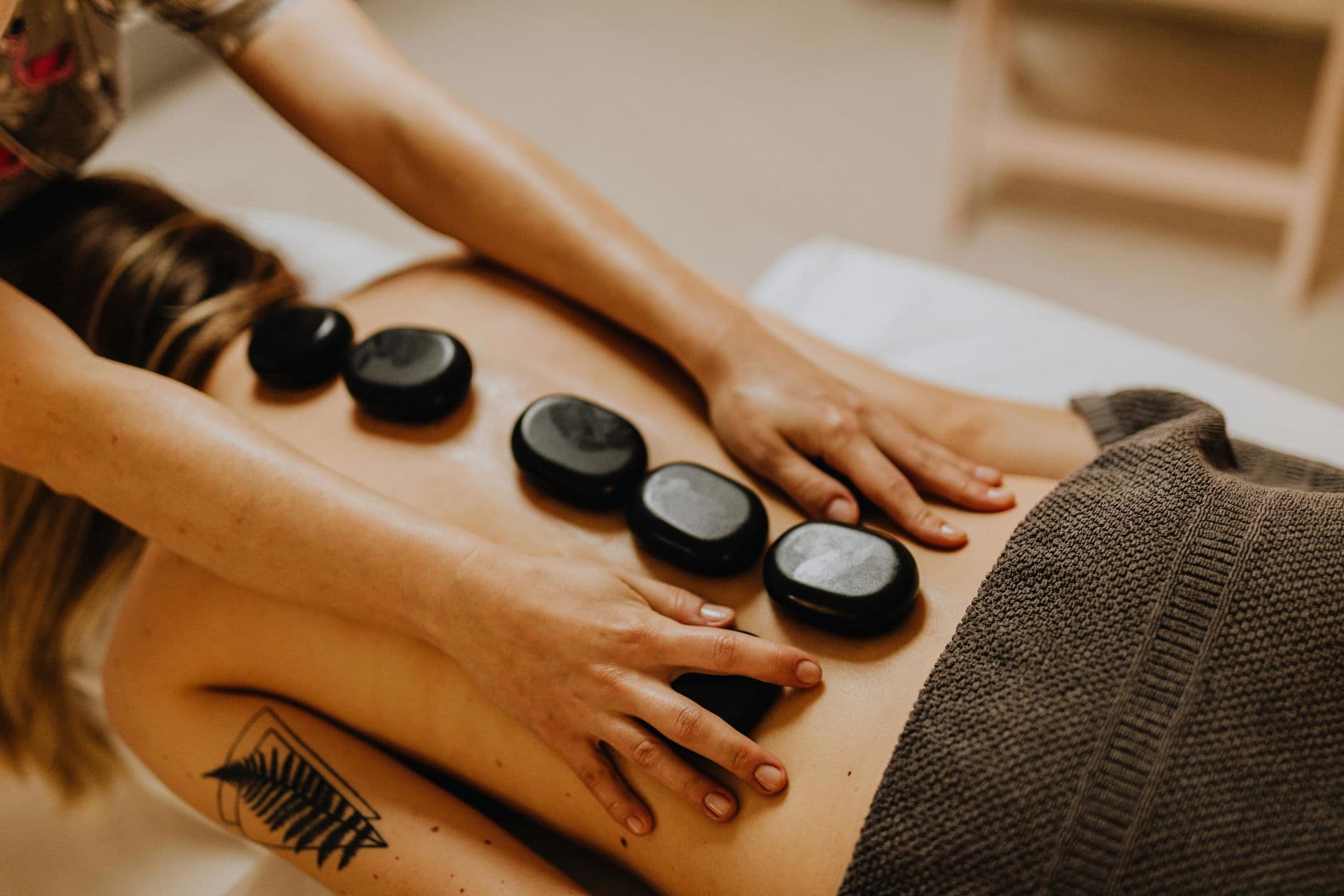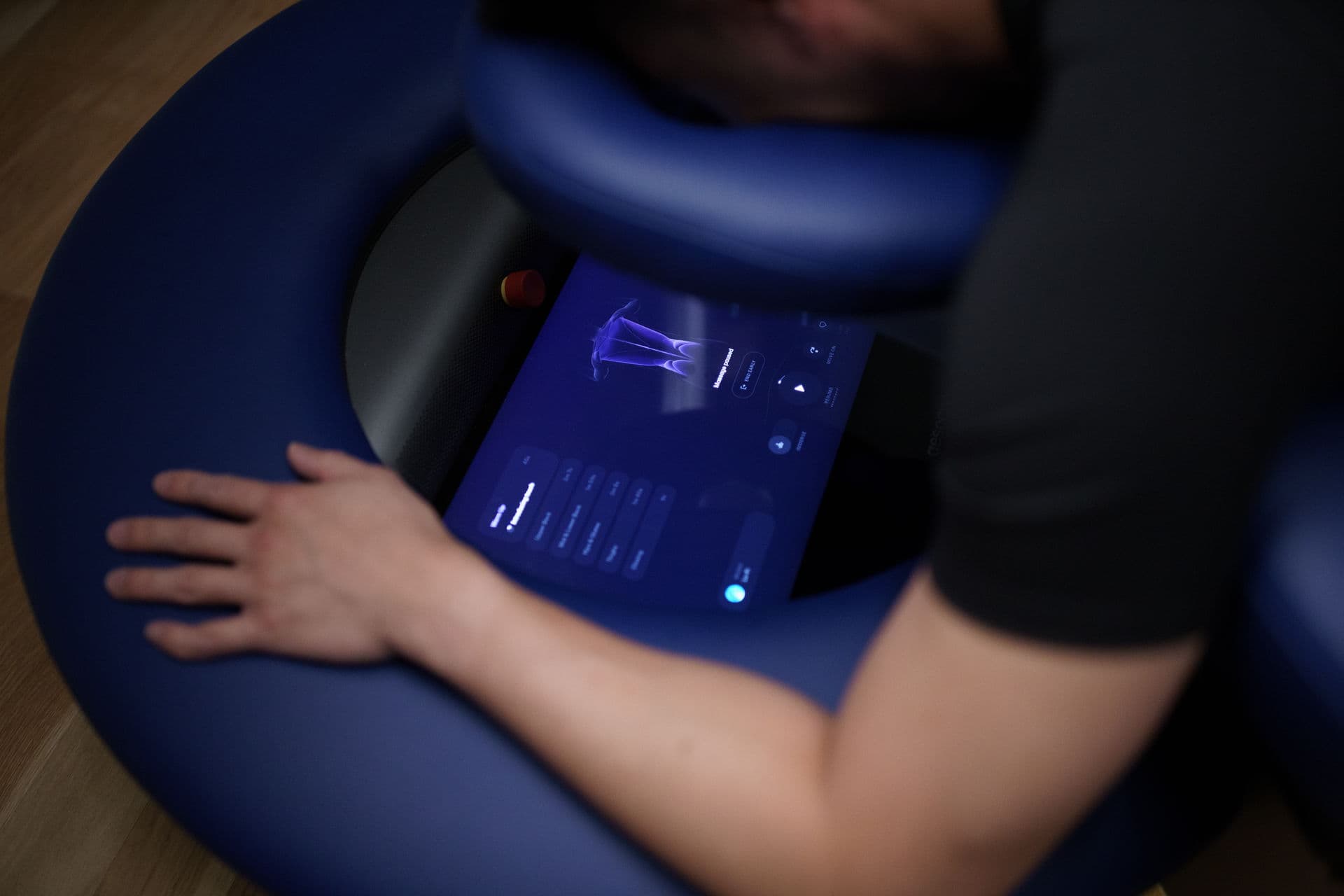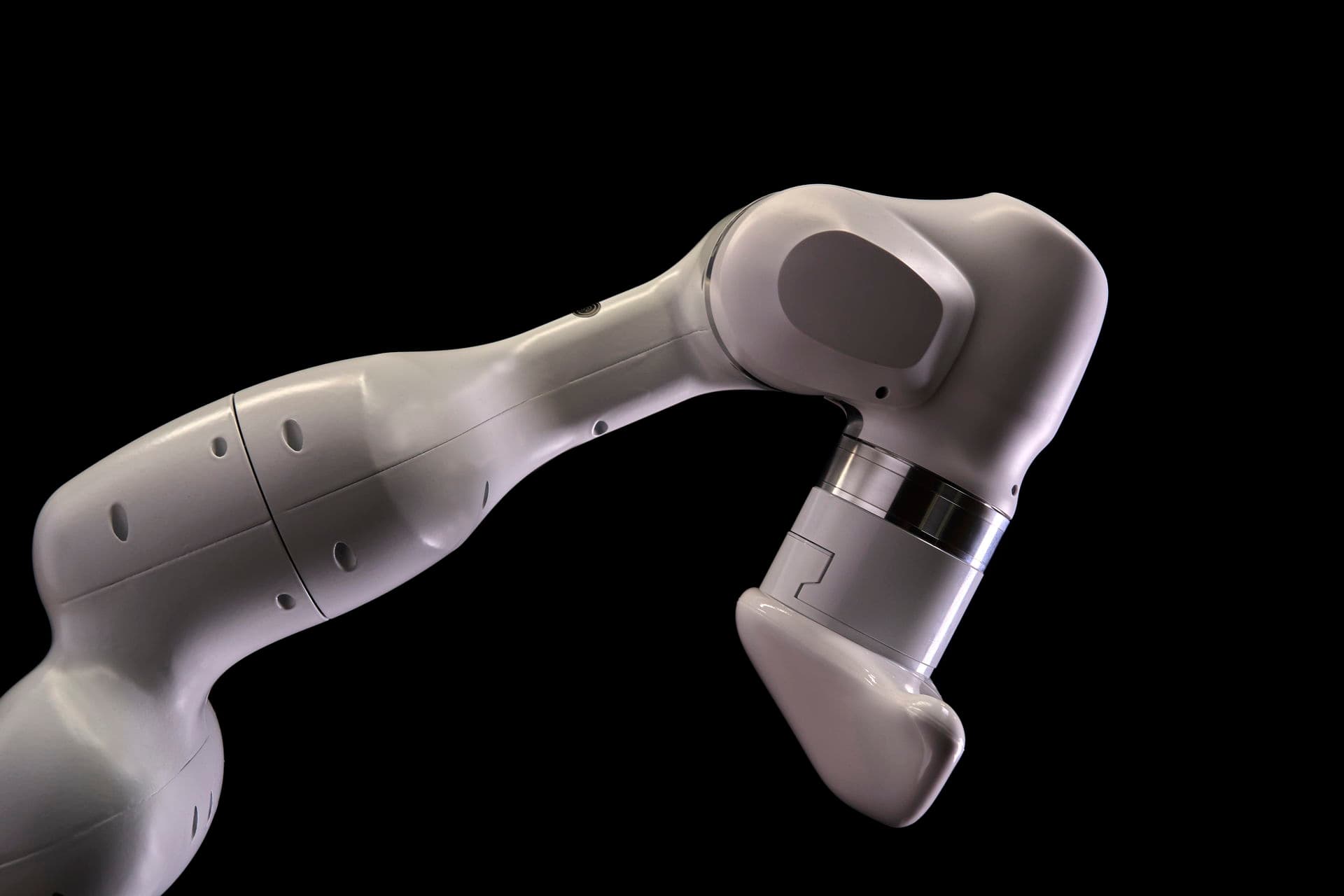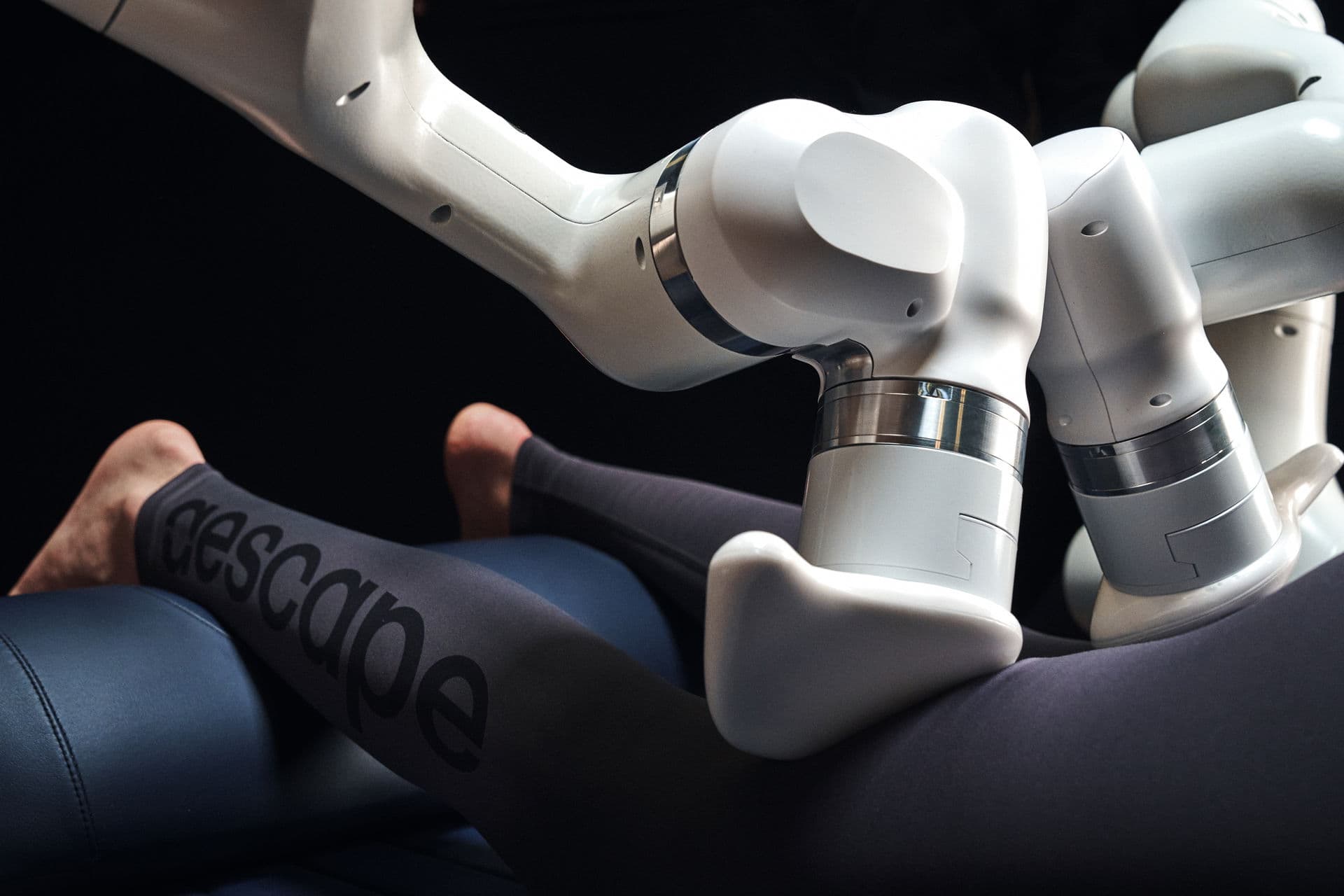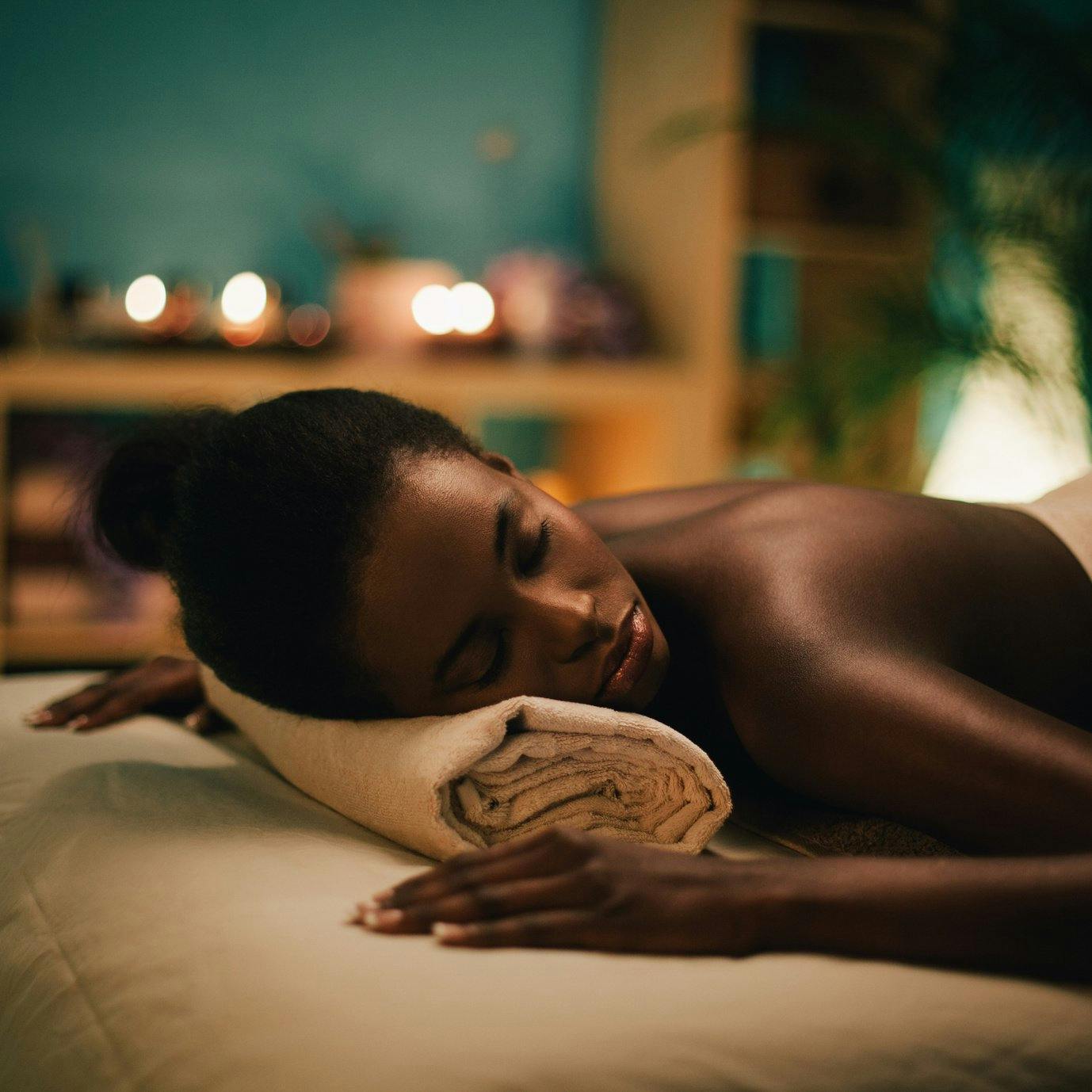Delayed Onset Muscle Soreness: What It Is and How Massage Can Help

Sore muscles and Delayed Onset Muscle Soreness (DOMS) are common complaints among athletes, fitness enthusiasts, and those who lead active lifestyles. These conditions can cause pain, stiffness, and reduced range of motion, making it difficult to perform everyday activities and enjoy sports and hobbies.
There are a number of ways to treat this and keep moving through life at your best. Massage therapy is one of them: a safe and effective way to relieve sore muscles and DOMS. By increasing blood flow to the affected muscles, massage can help to flush out waste products and promote healing. It can also help to relax muscle spasms and reduce inflammation, making your road to recovery that much easier.
What is Delayed Onset Muscle Soreness (DOMS)?
DOMS is a type of muscle soreness that typically develops 24-72 hours after a strenuous workout or activity. It’s caused by microscopic tears in the muscle fibers which occur when the muscles are overloaded or used in a new or unfamiliar way.
DOMS is most common among people who are just starting a new exercise program or who have increased the intensity or duration of their workouts. It can even occur in experienced athletes, especially after a particularly challenging workout or competition.
The most common symptoms of DOMS include:
- Muscle soreness and tenderness
- Stiffness
- Reduced range of motion
- Swelling
The severity of DOMS symptoms can vary from person to person. In most cases, the symptoms peak within 24-48 hours and resolve within 7-10 days.
How Can Massage Therapy Help Sore Muscles?
Massage therapy can help to relieve sore muscles and DOMS in a number of ways. Some benefits of massage therapy for sore muscles and DOMS include the following:
1. Increases Blood Flow:
Massage is crucial in improving blood circulation to the muscles affected by DOMS. After intense exercise, muscles can accumulate waste products like lactic acid and metabolic byproducts, which can contribute to soreness. Massage helps by increasing the flow of blood, which aids in the removal of these waste products.
The enhanced blood circulation also brings more oxygen and nutrients to the sore muscles, expediting their healing and recovery.
Ultimately, this improved blood flow helps reduce the concentration of pain-inducing substances in the muscles and accelerates the resolution of DOMS symptoms.
2. Relaxes Muscle Spasms:
Muscle spasms and inflammations are part of the primary causes of DOMS as a response to micro-trauma and inflammation. Massage therapists use techniques like kneading and stretching to relax these spasms. Massage effectively releases tension and enhances muscle flexibility by applying targeted pressure and manipulating muscle fibers.
This relaxation relieves pain and can significantly improve the range of motion in the affected muscles. As a result, individuals can also experience reduced discomfort and greater ease of movement.
3. Reduces Inflammation:
Inflammation is a crucial driver of DOMS symptoms, causing muscle pain, swelling, and discomfort. In studies, it's been shown that massage therapy can modulate inflammatory signaling pathways to reduce secondary injury, nerve sensitization, and collateral sprouting, thereby promoting recovery and reducing or preventing pain.
Massage also assists in dispersing inflammatory chemicals, facilitating their removal from the muscles.
Reducing inflammation is pivotal in managing DOMS since it alleviates pain and swelling, enabling a quicker recovery and return to normal muscle function.
4. Promotes Relaxation:
Stress and tension can exacerbate the muscle soreness and discomfort associated with DOMS. One of the well-known benefits of massage therapy is its ability to induce relaxation.
Massage has been shown to stimulate the parasympathetic nervous system, counteracting the body's "fight or flight" response and ushering in rest and healing. When relaxed, the muscles tend to be less tense, and the perception of pain decreases.
This relaxation extends beyond the immediate treatment area, contributing to overall well-being and reduced muscle tension. Massage complements the other benefits, making it an effective approach to managing DOMS and enhancing recovery by promoting relaxation.
Research on the Benefits of Massage Therapy for Sore Muscles and DOMS
Massage therapy can be far more inclusive than the usual treat of relaxation after a stressful week. It can provide a number of benefits, especially for those that consider it a regular activity, including athletes or people who regularly engage in various high-intensity exercise.
A comprehensive report in 2018 examined various post-workout recovery techniques, including massage, stretching, active recovery, Cryotherapy, Hyperbaric treatment, and Electrostimulation. Remarkably, the study revealed that post-workout massages surpassed all other recovery options in their efficacy in reducing soreness and discomfort.
Other research has shown that massage therapy can increase blood flow to the muscles, improve muscle function by reducing fatigue, reduce soreness, and speed up post-workout recovery time.
Even more studies have revealed that massage therapy can be a valuable ally for those who have experienced lingering discomfort following a new and challenging workout. It demonstrated that after subjects engaged in a new exercise, such as repeatedly ascending and descending five flights of stairs, post-workout massage significantly reduced the pain associated with Delayed Onset Muscle Soreness (DOMS).
Massage therapy offers many benefits beyond relaxation, including the ability to soothe sore muscles and address DOMS effectively, getting you back to the activities you care most about without pain.






















